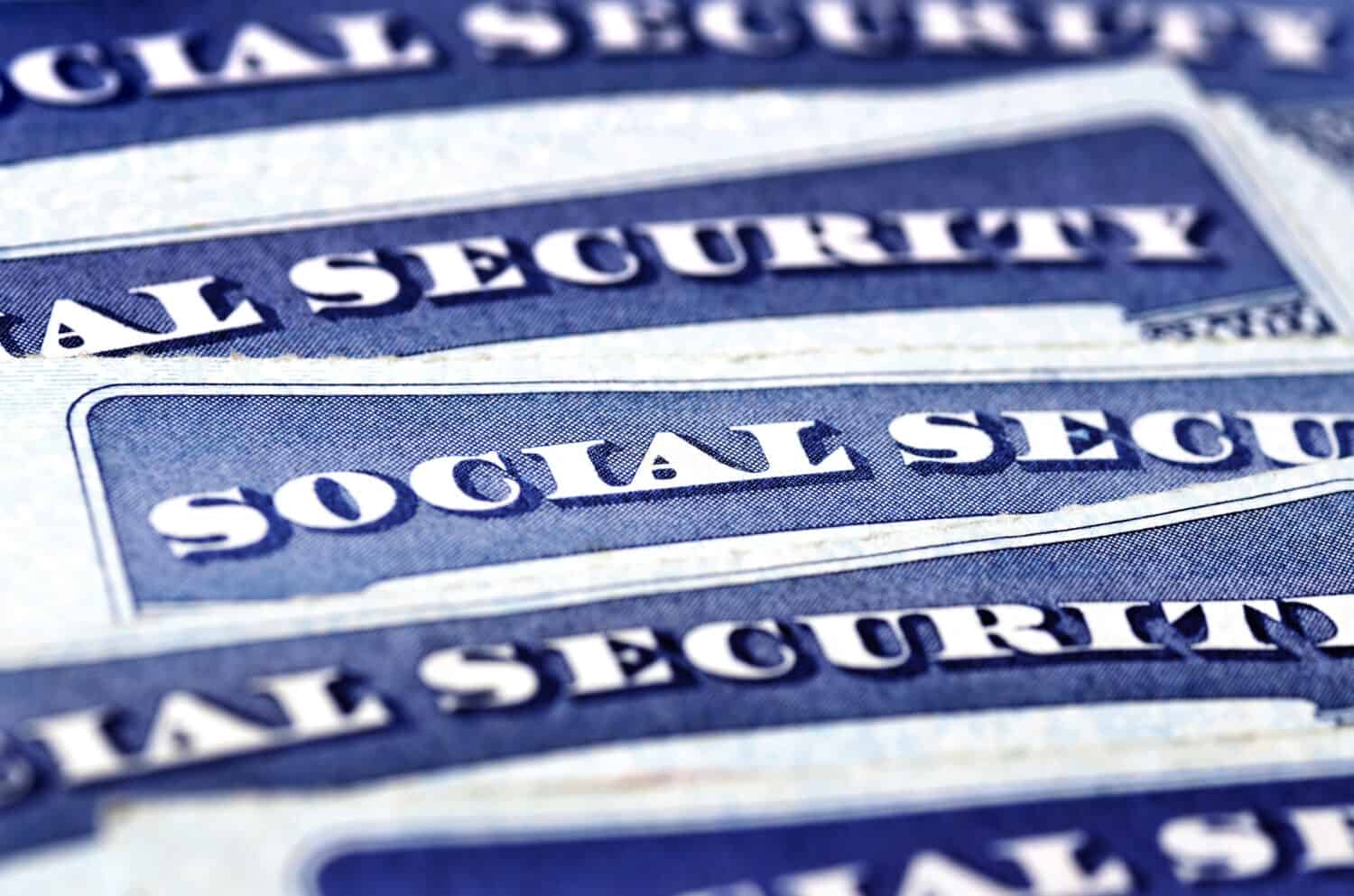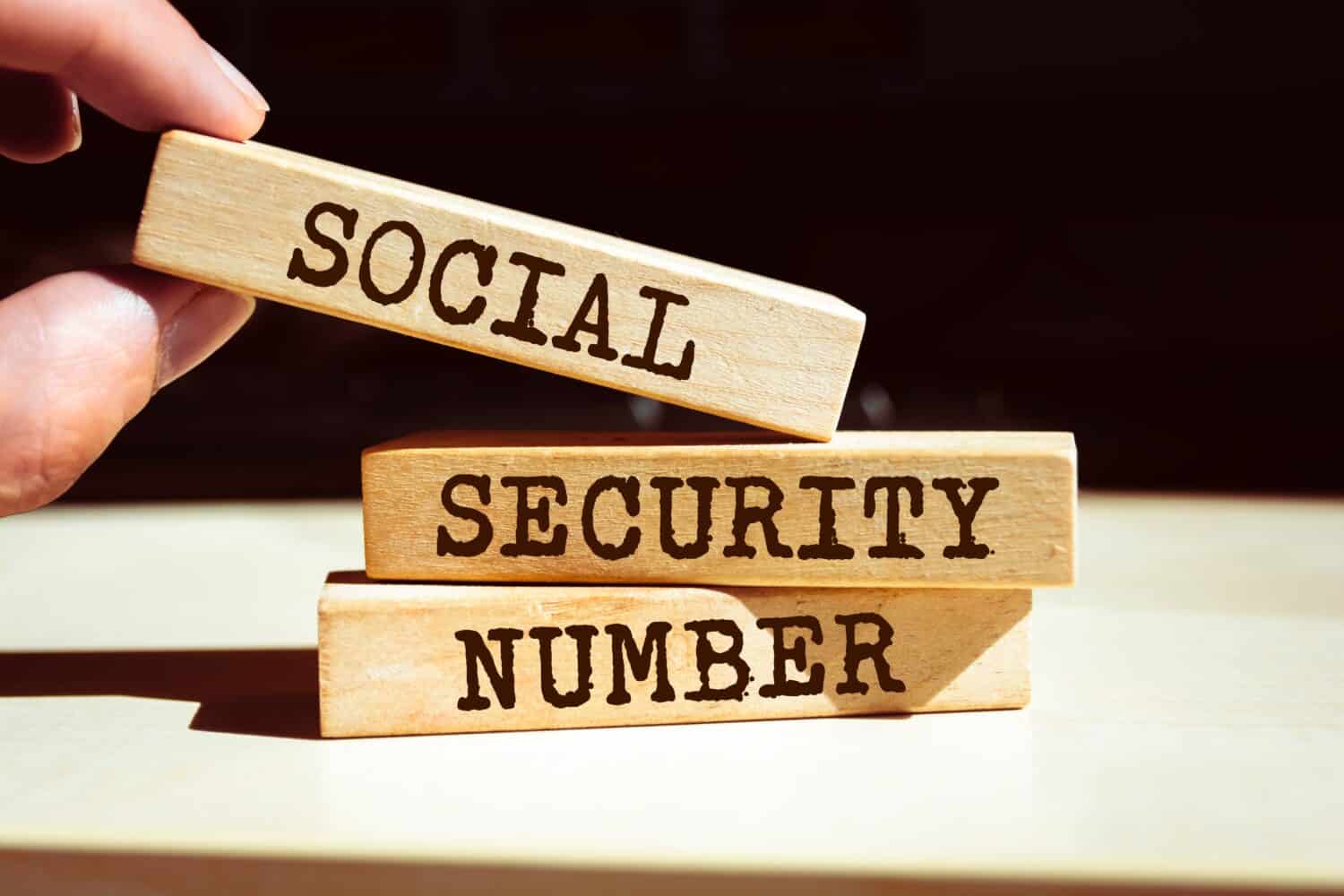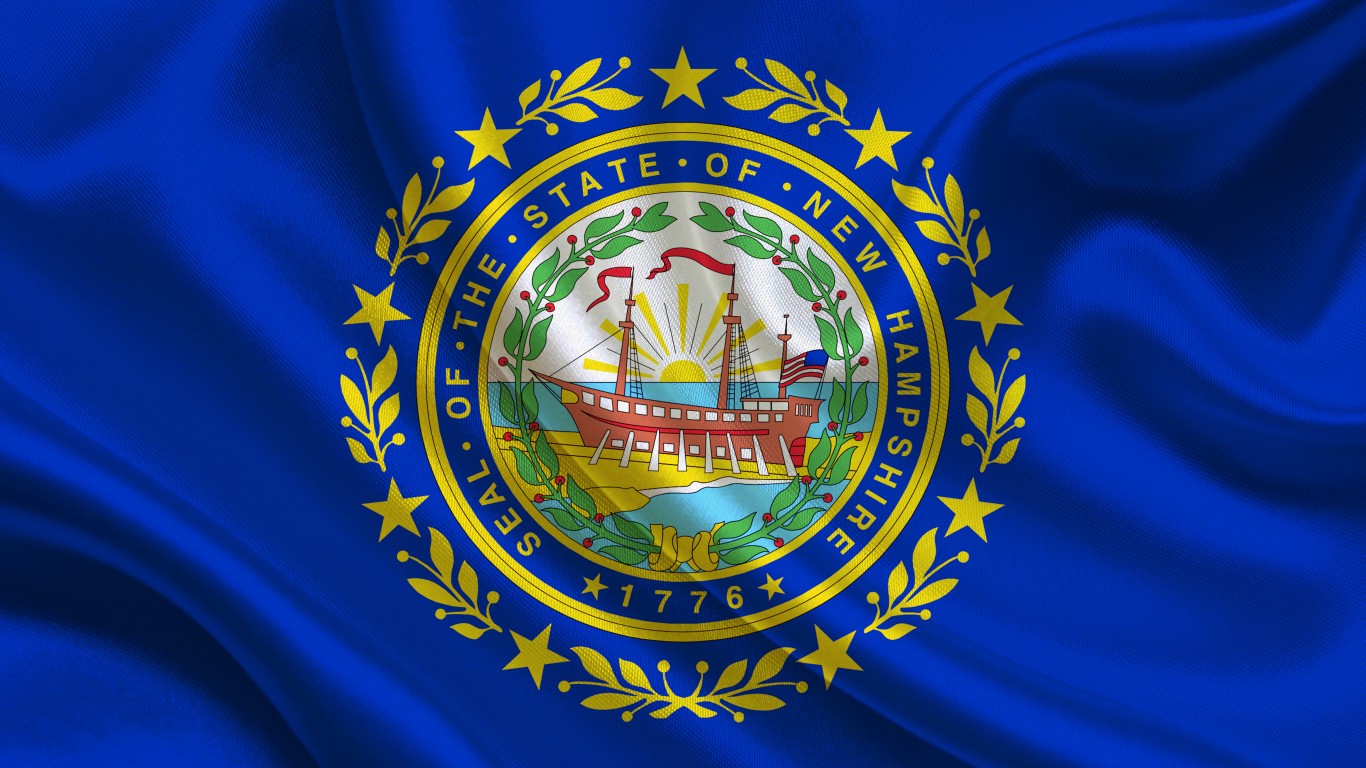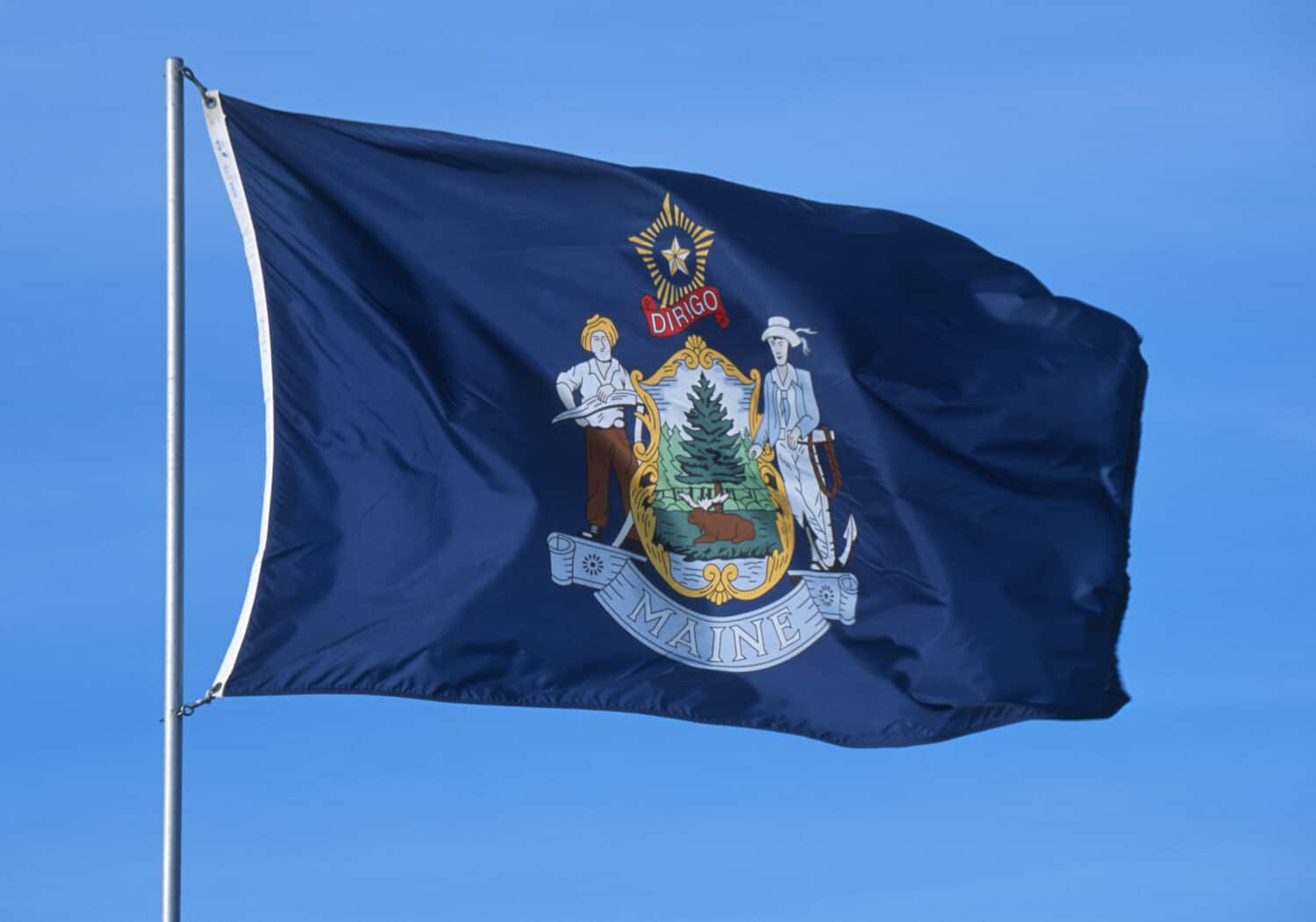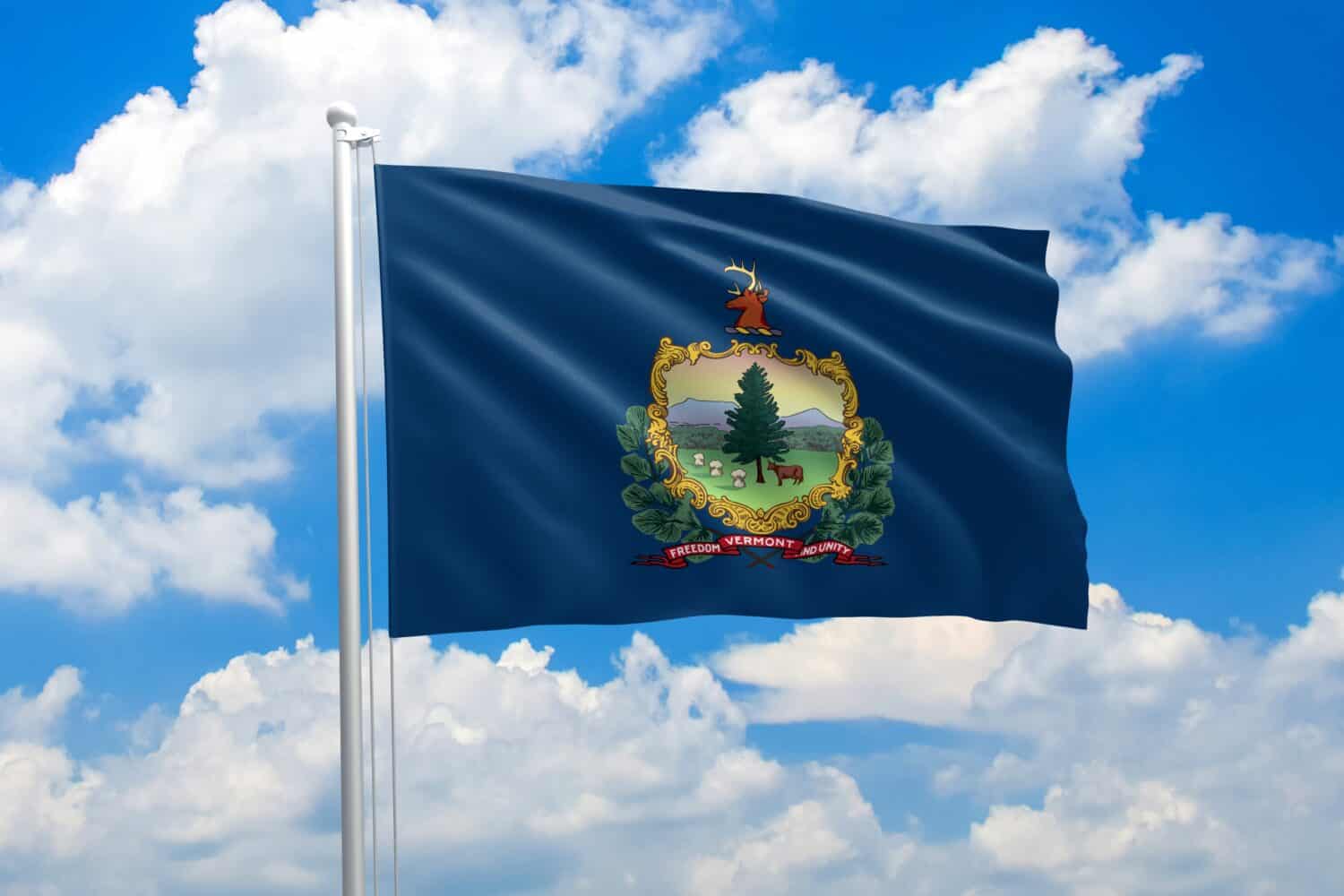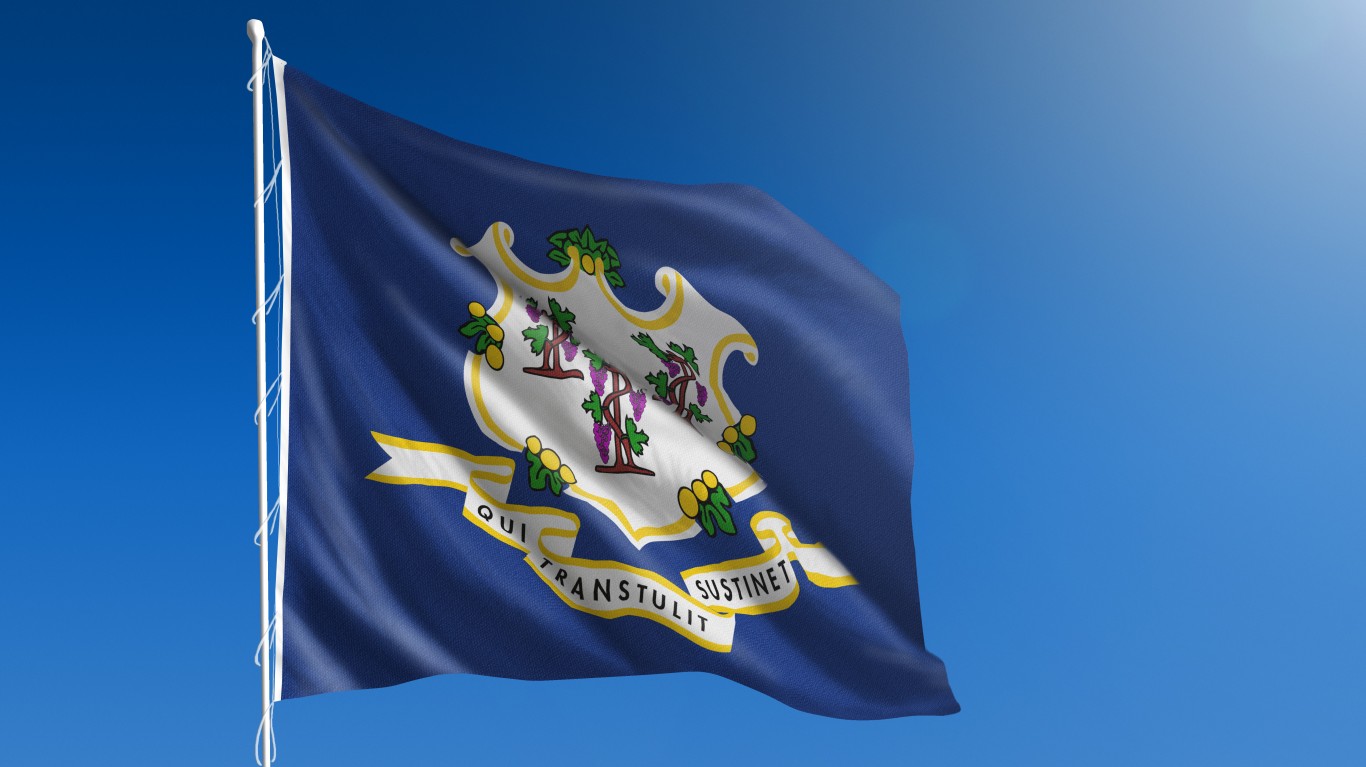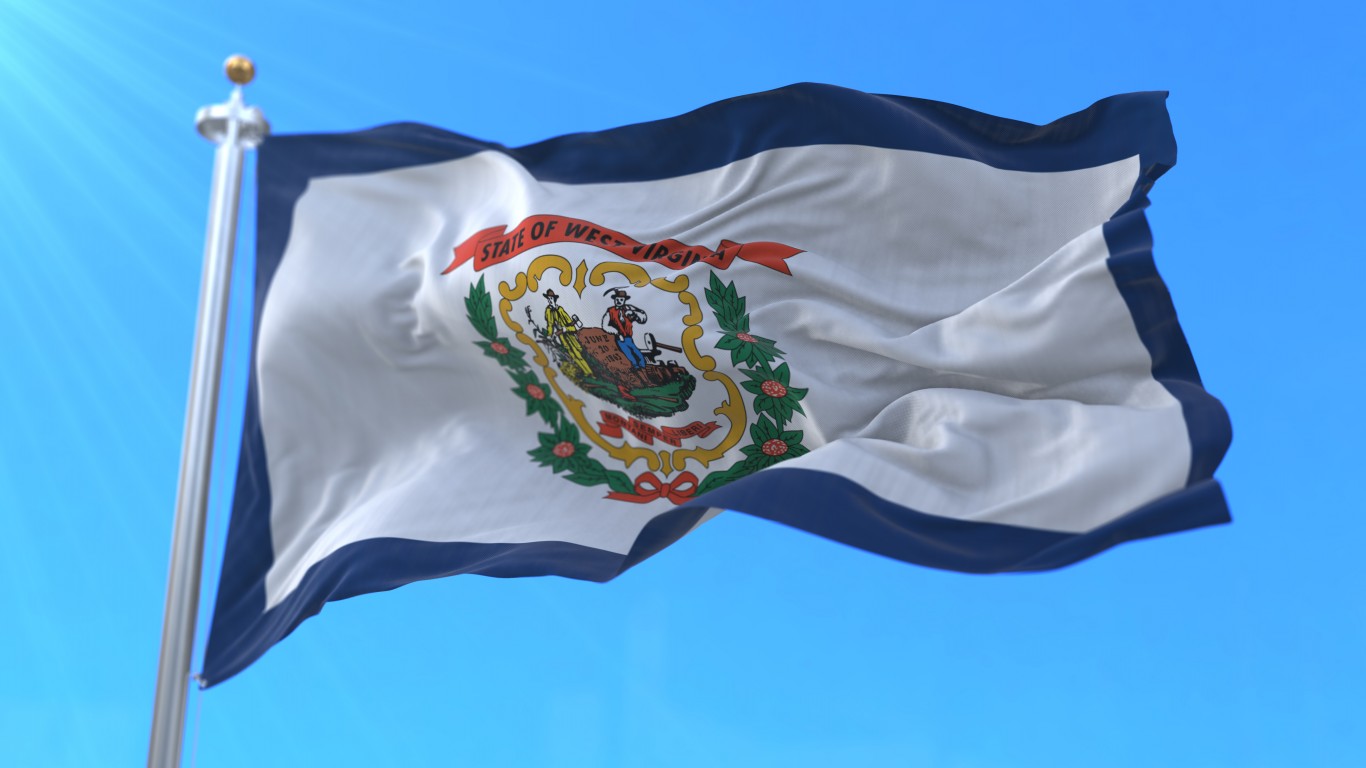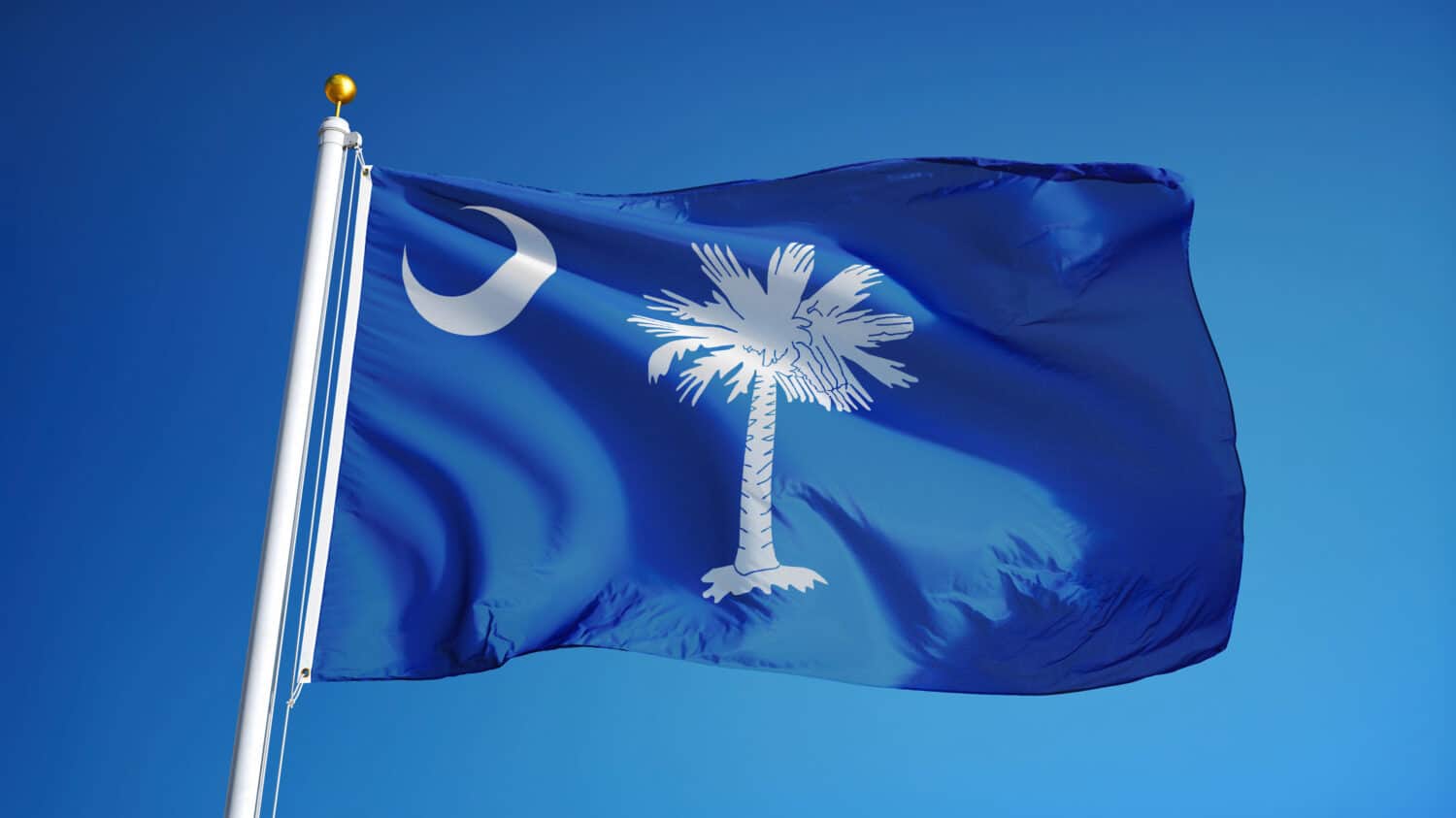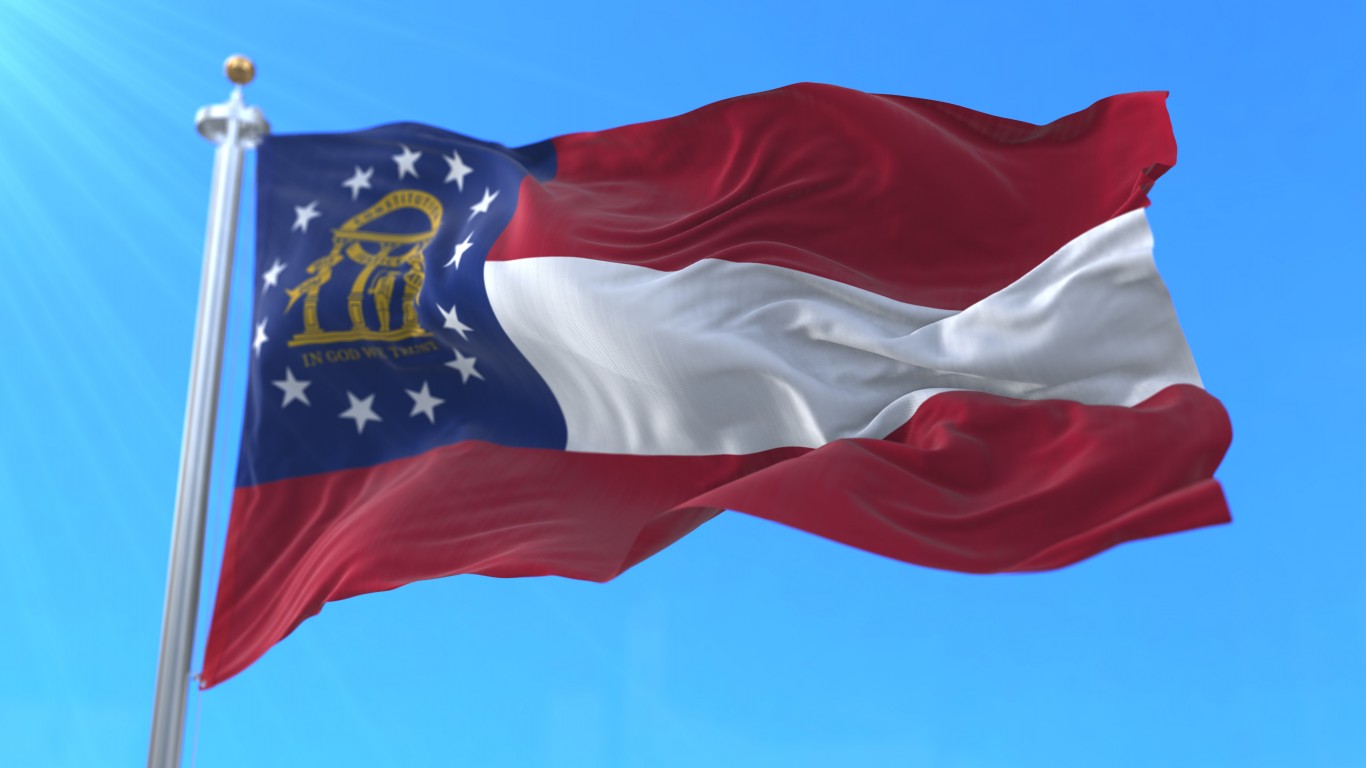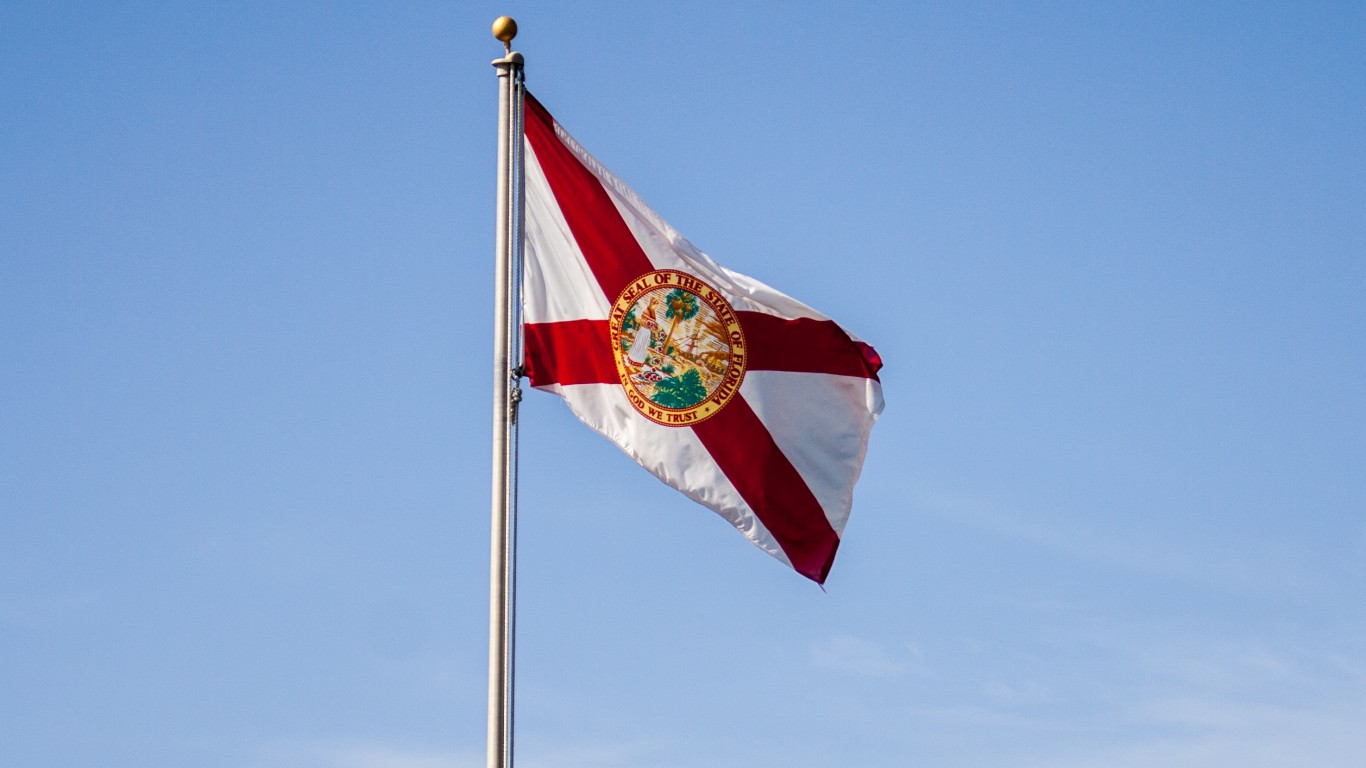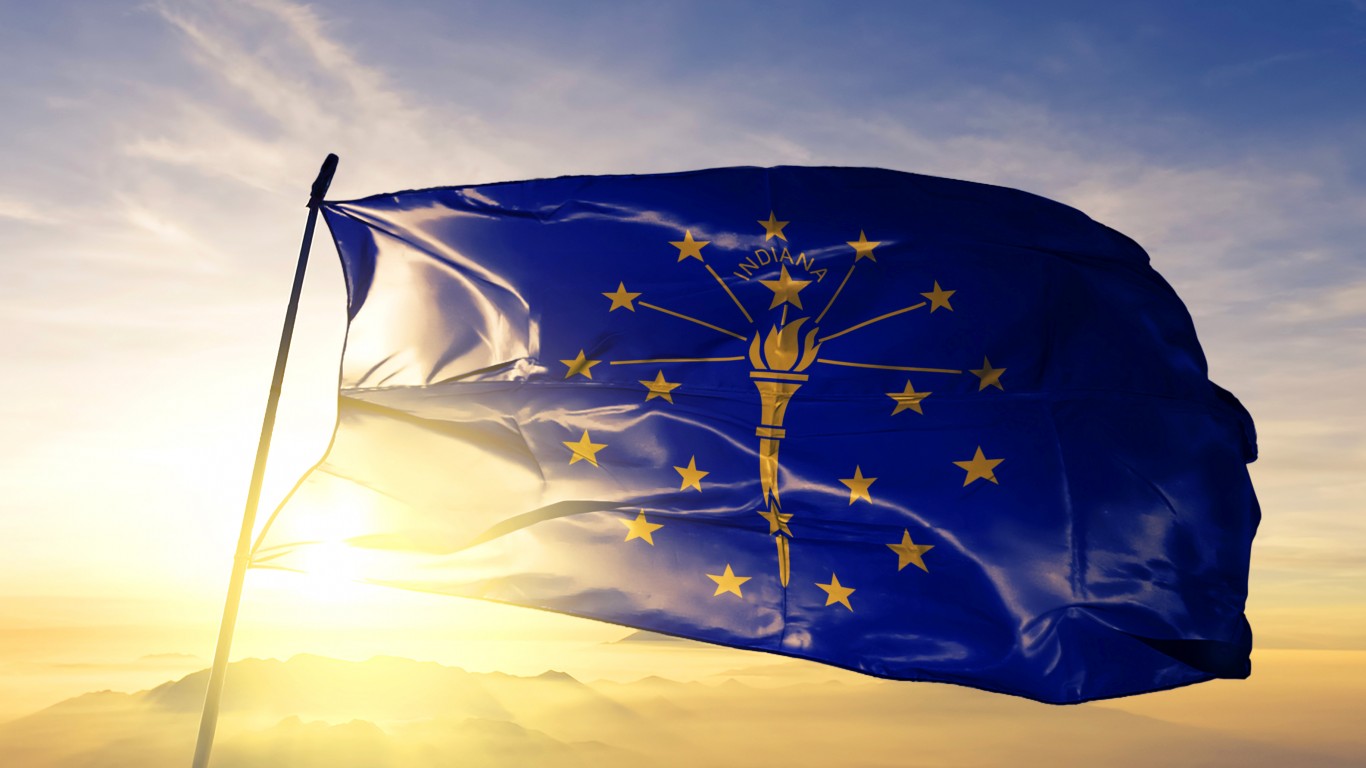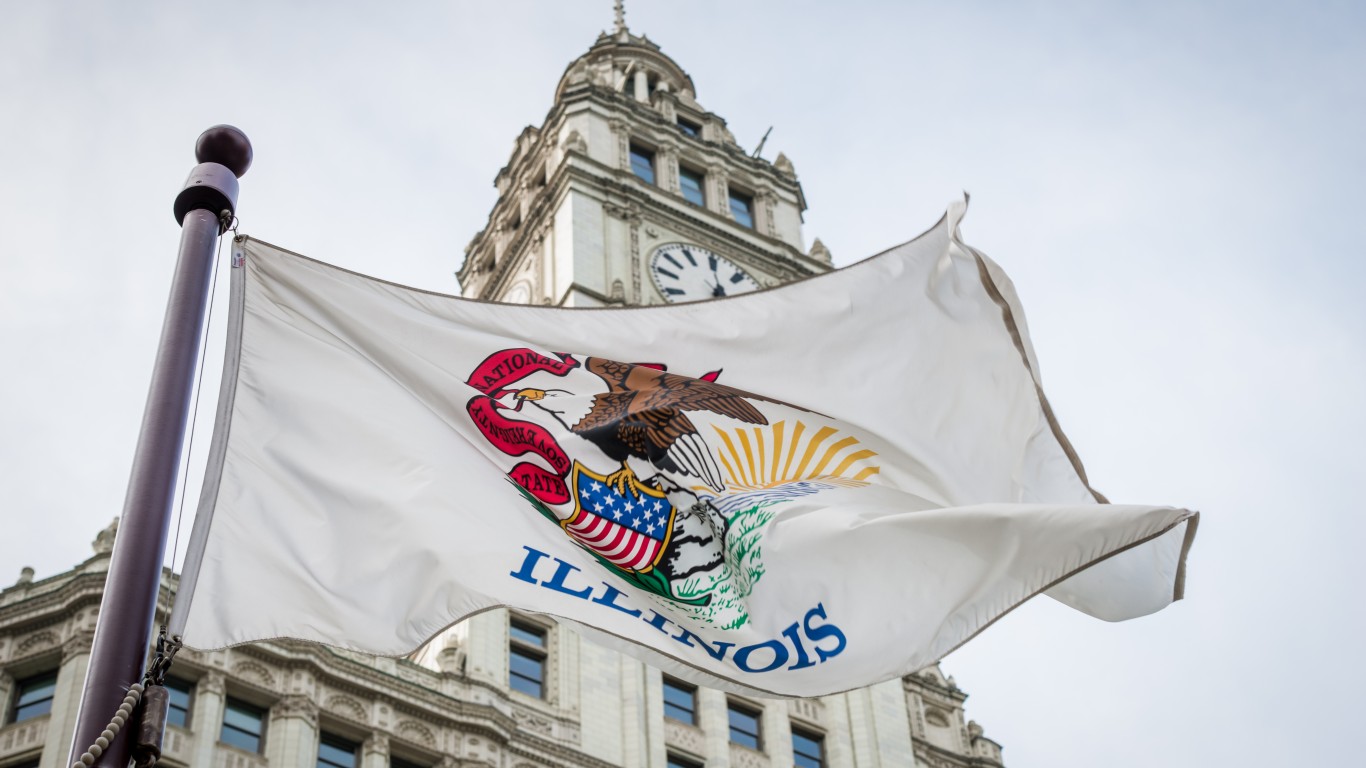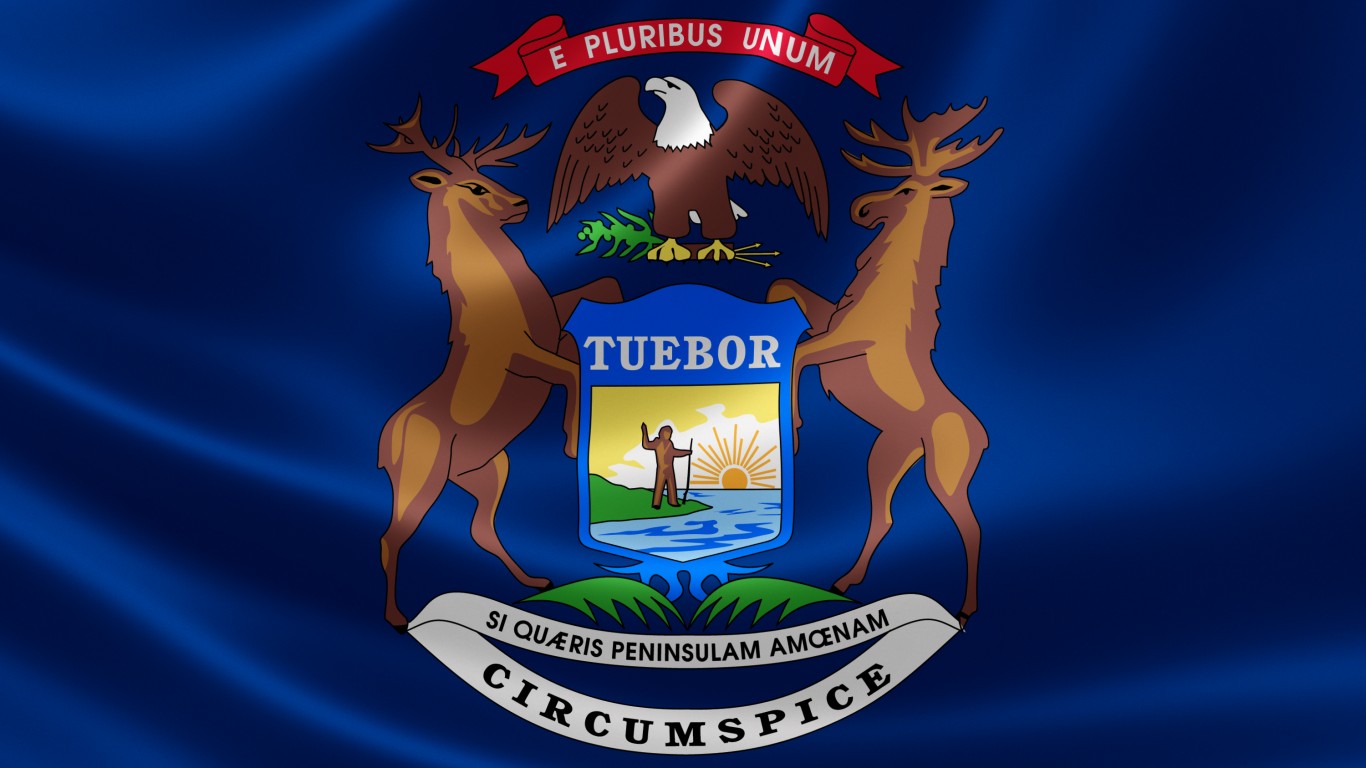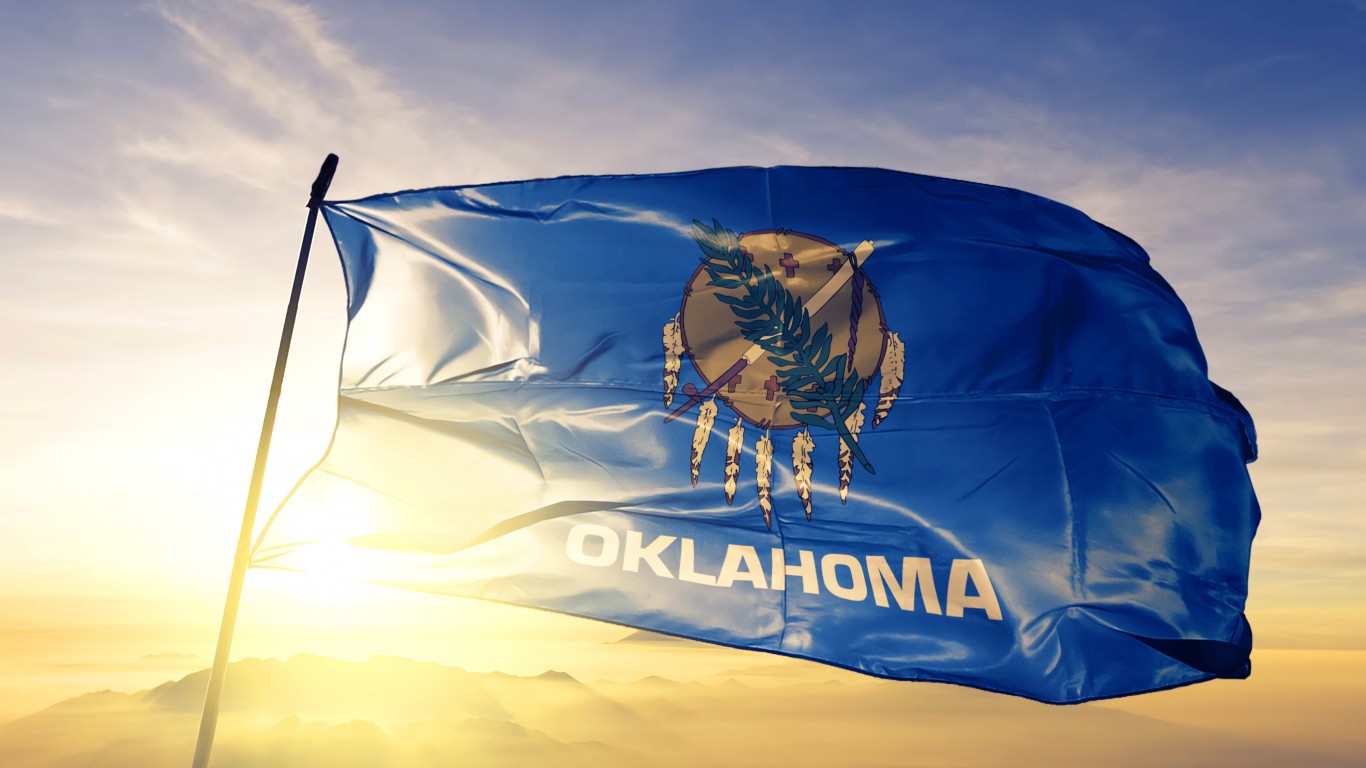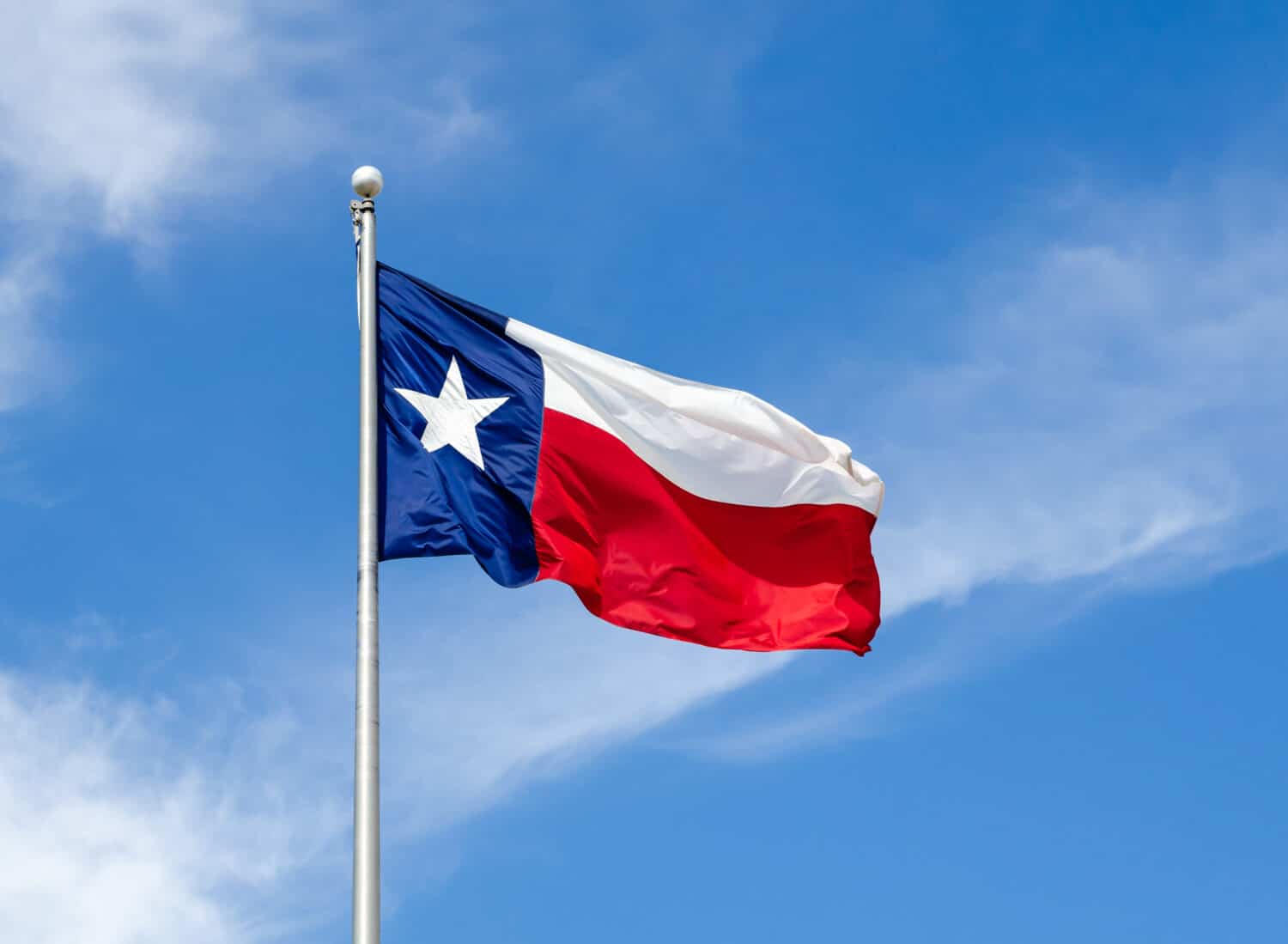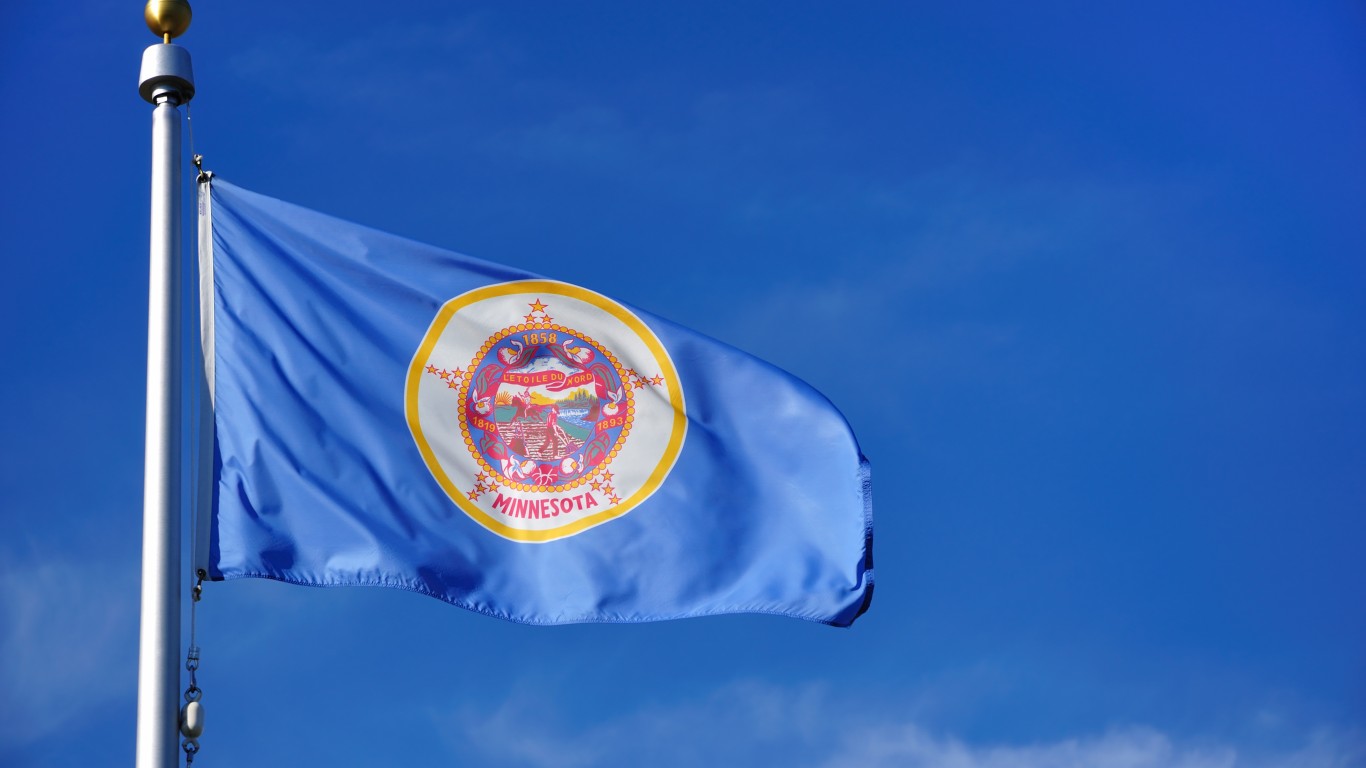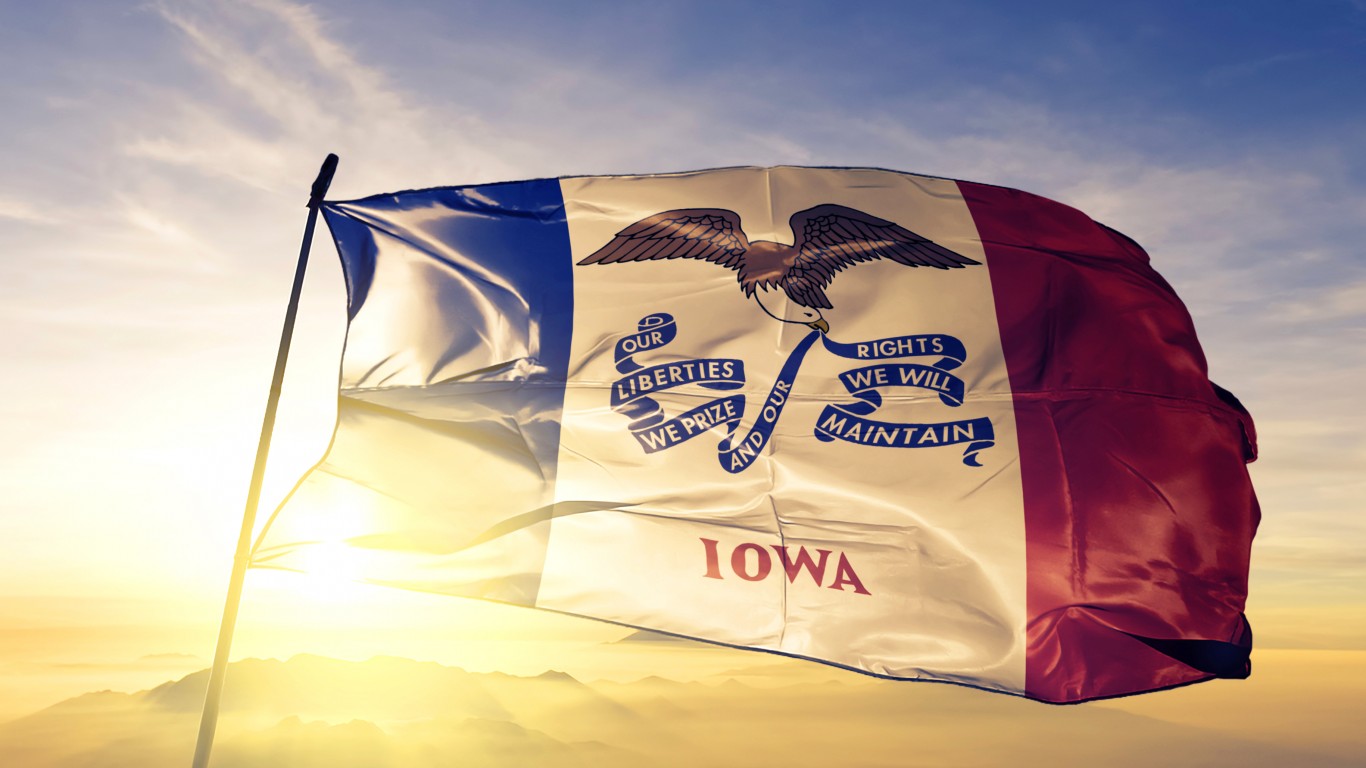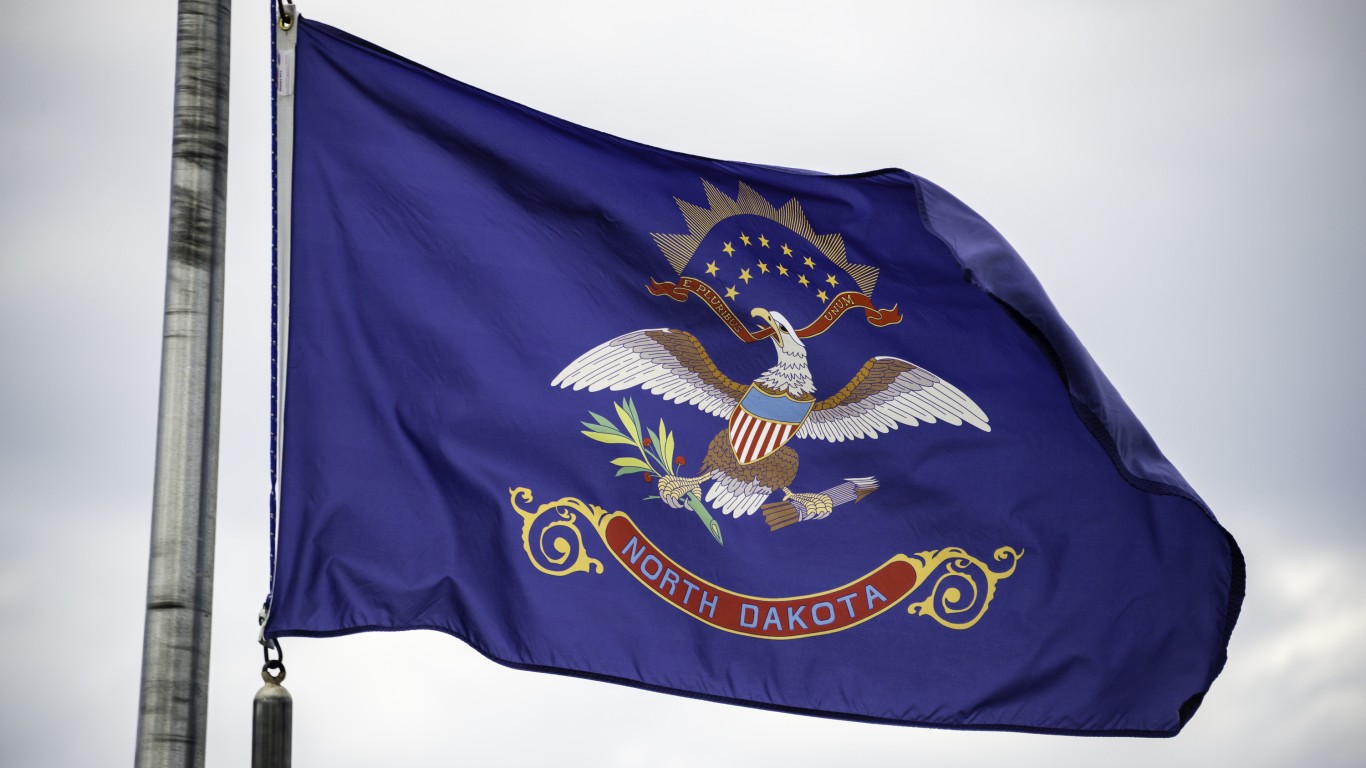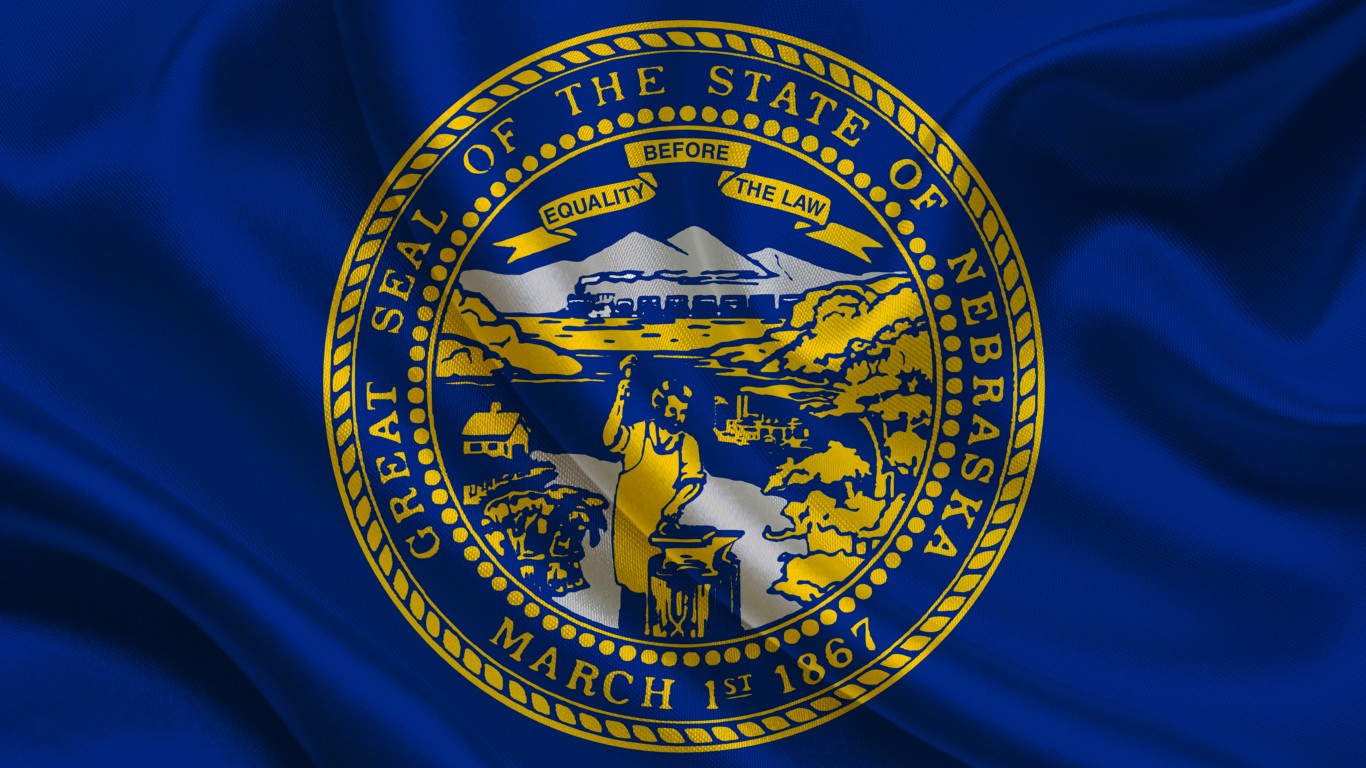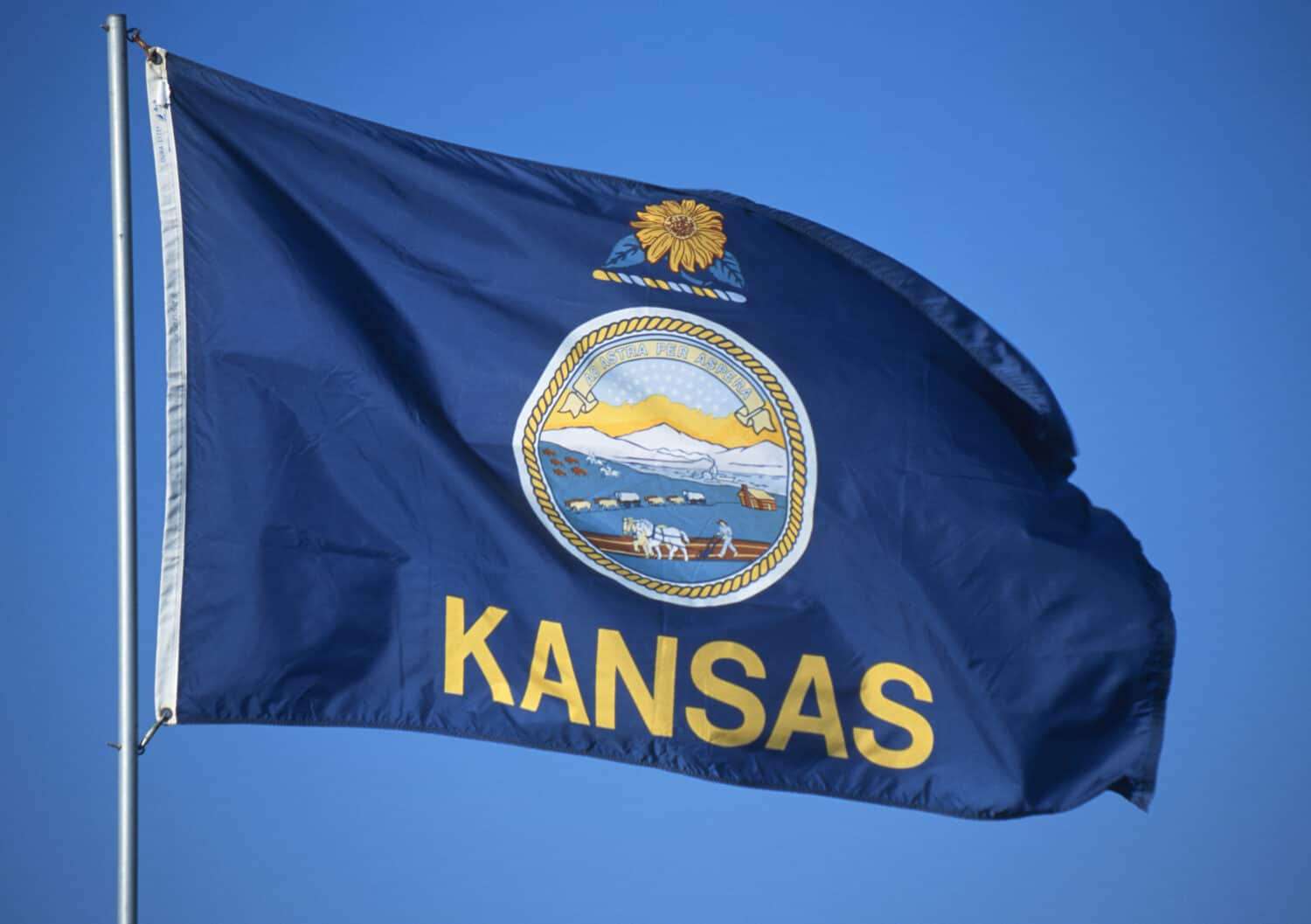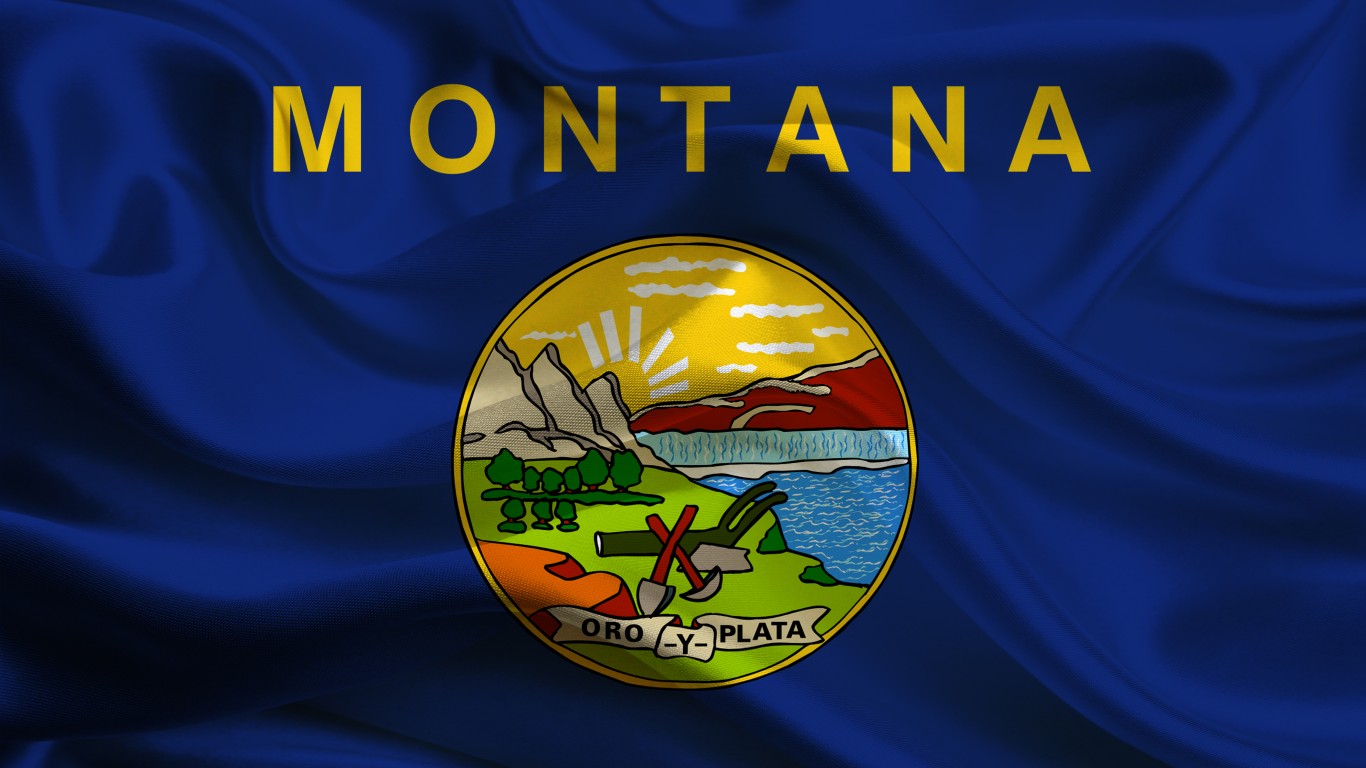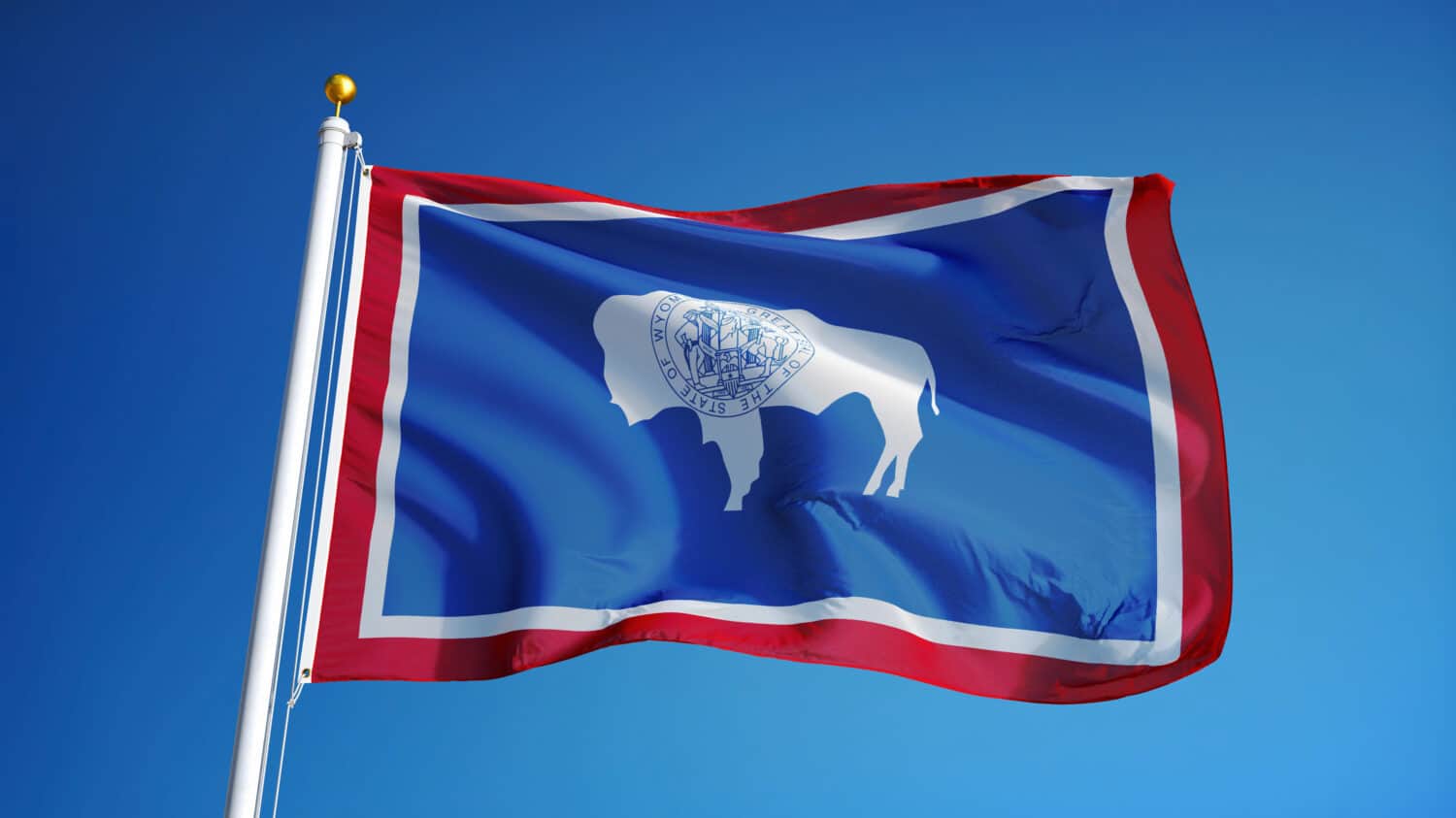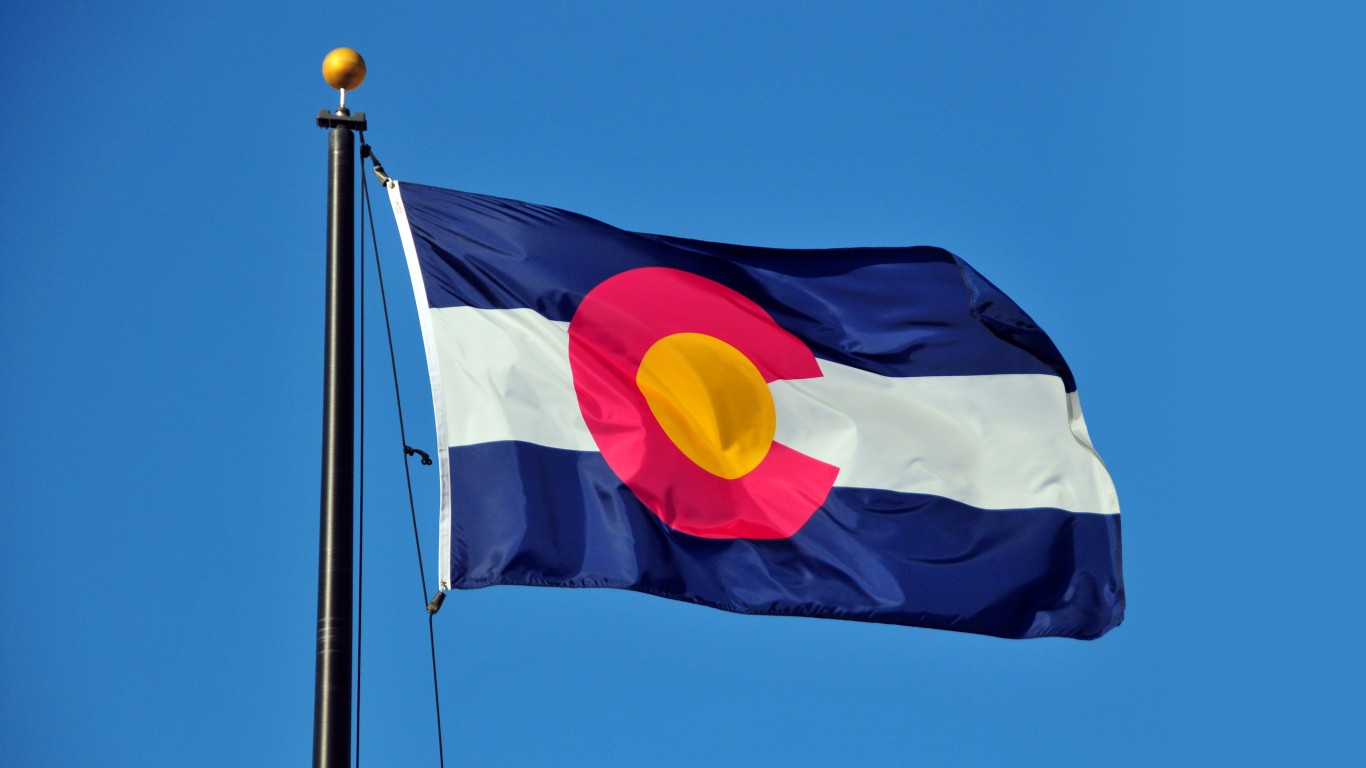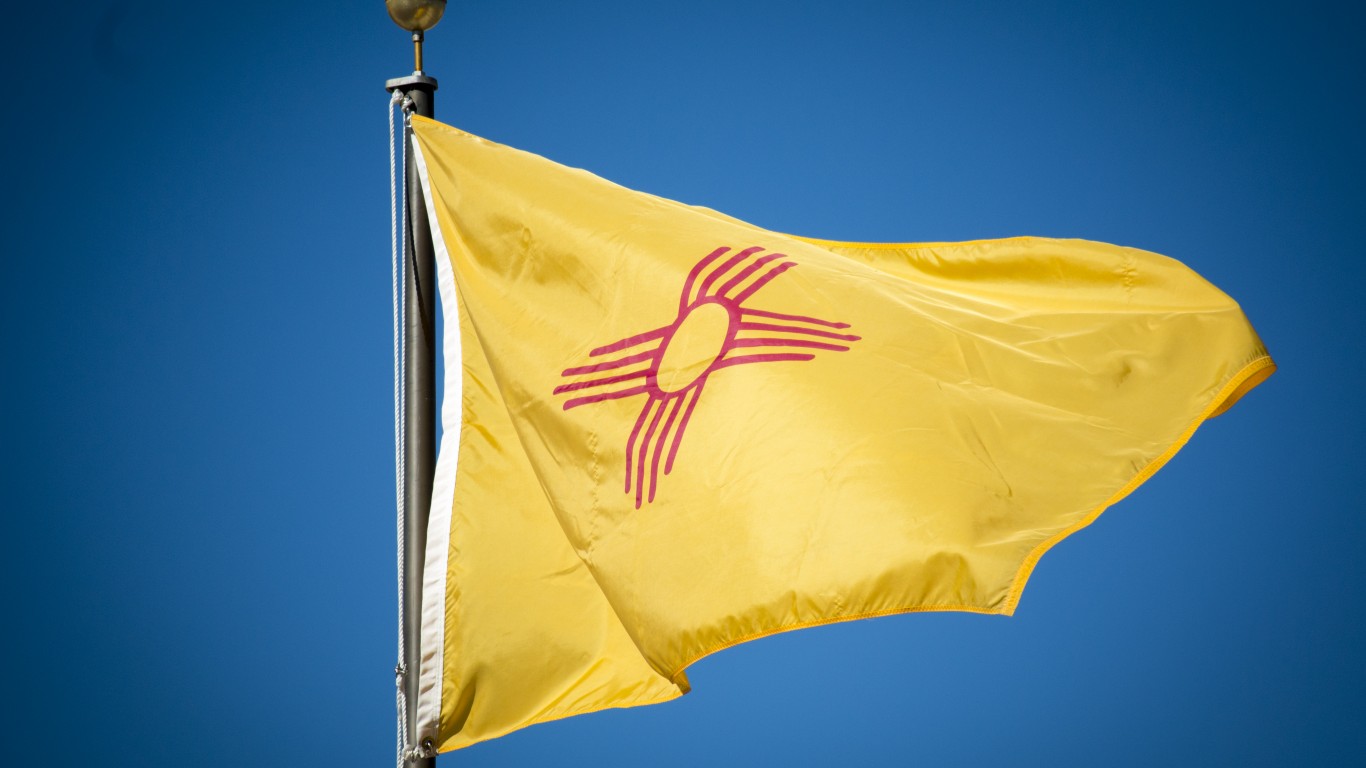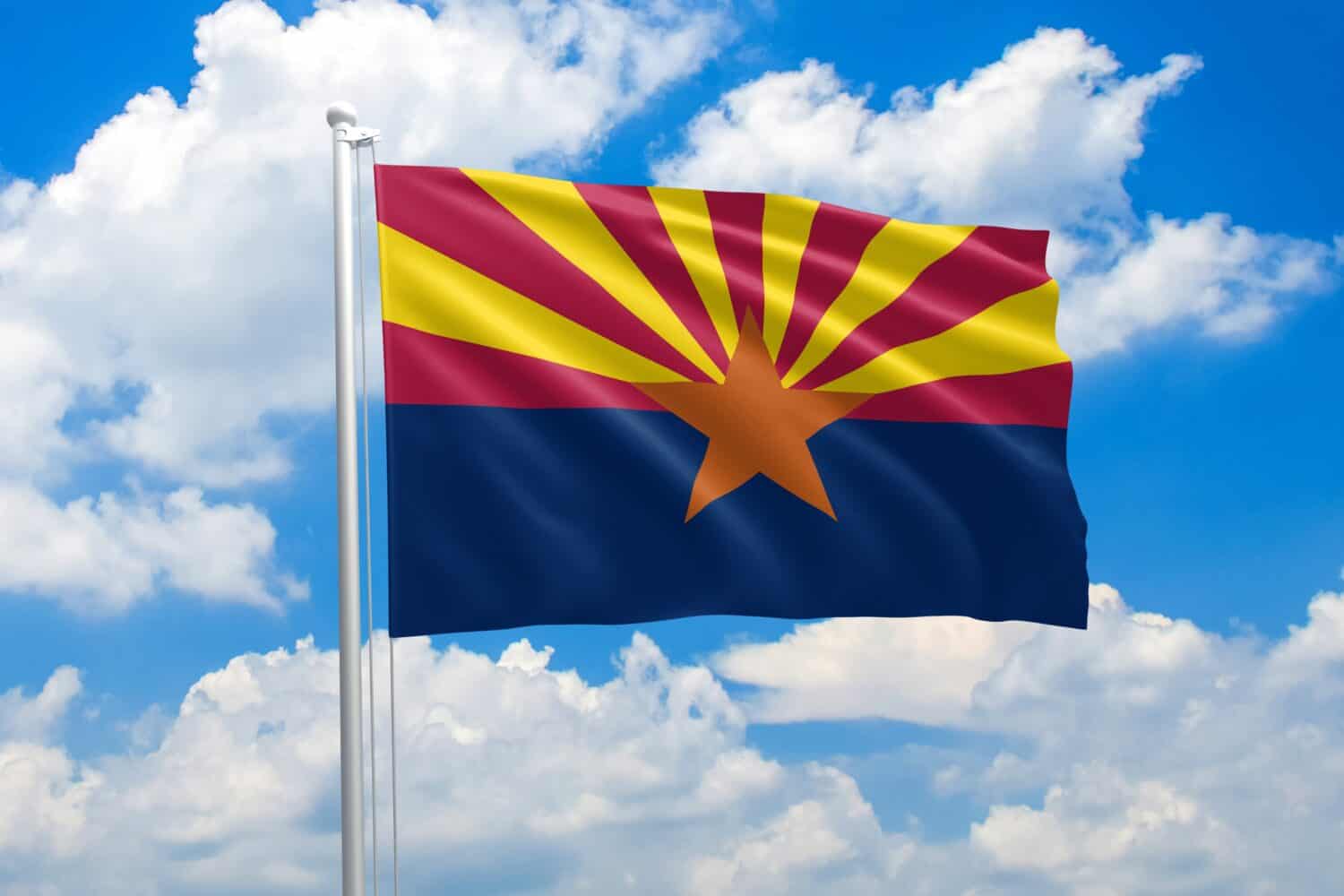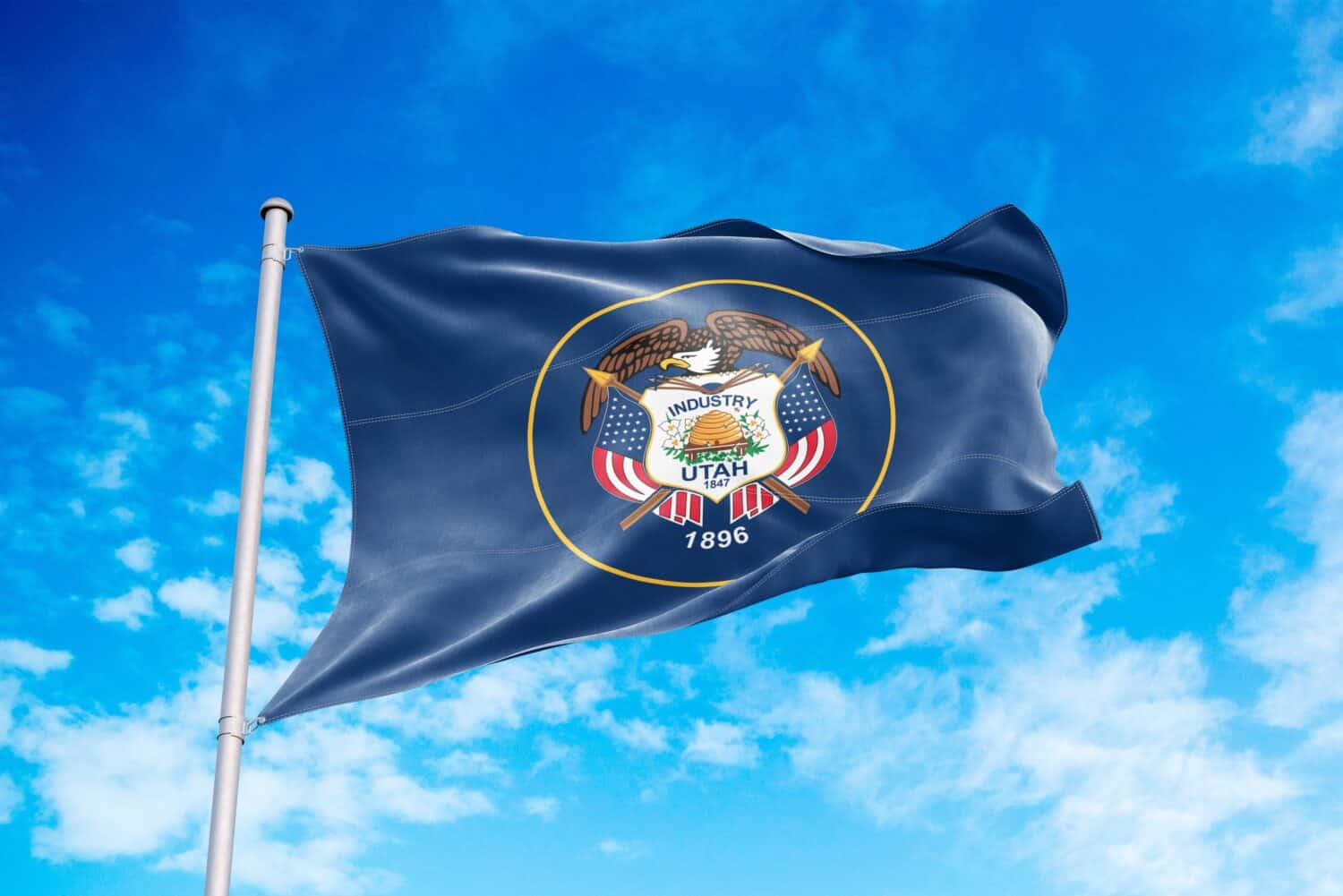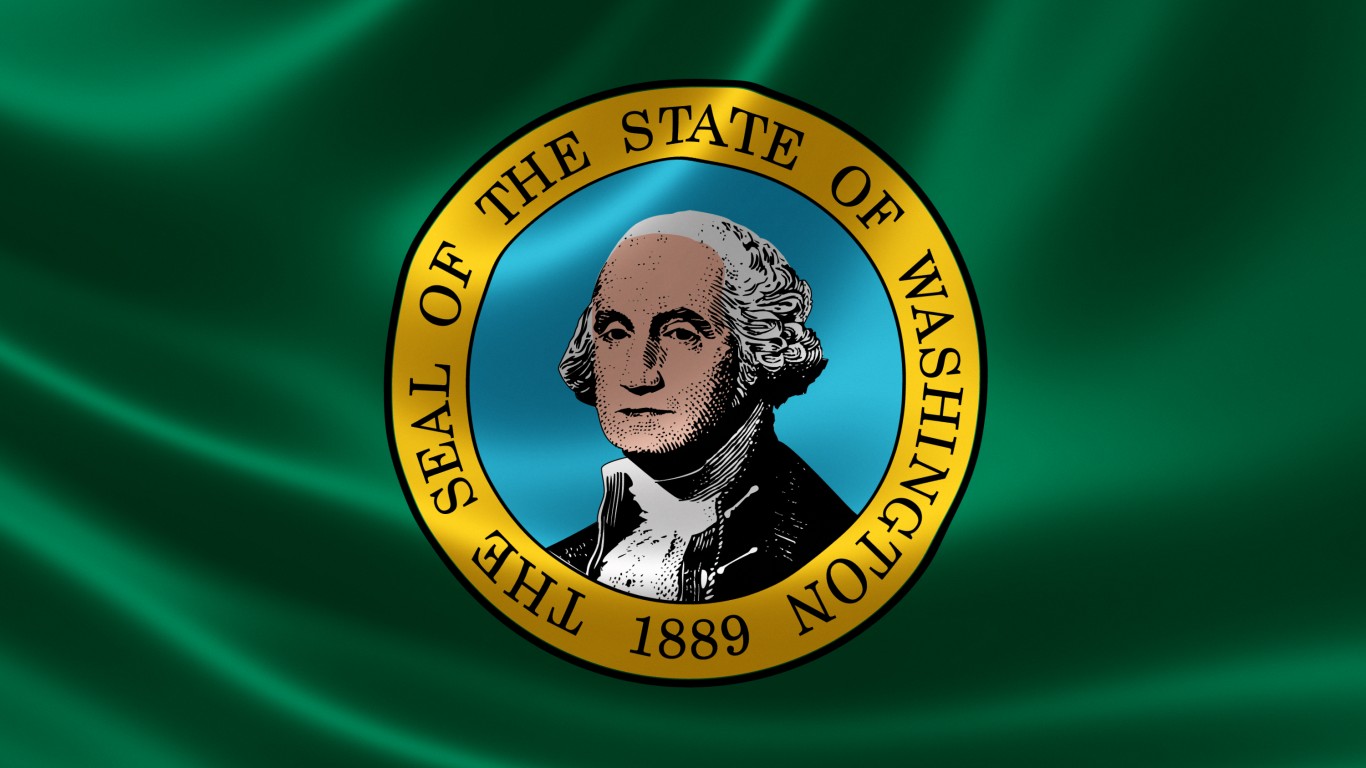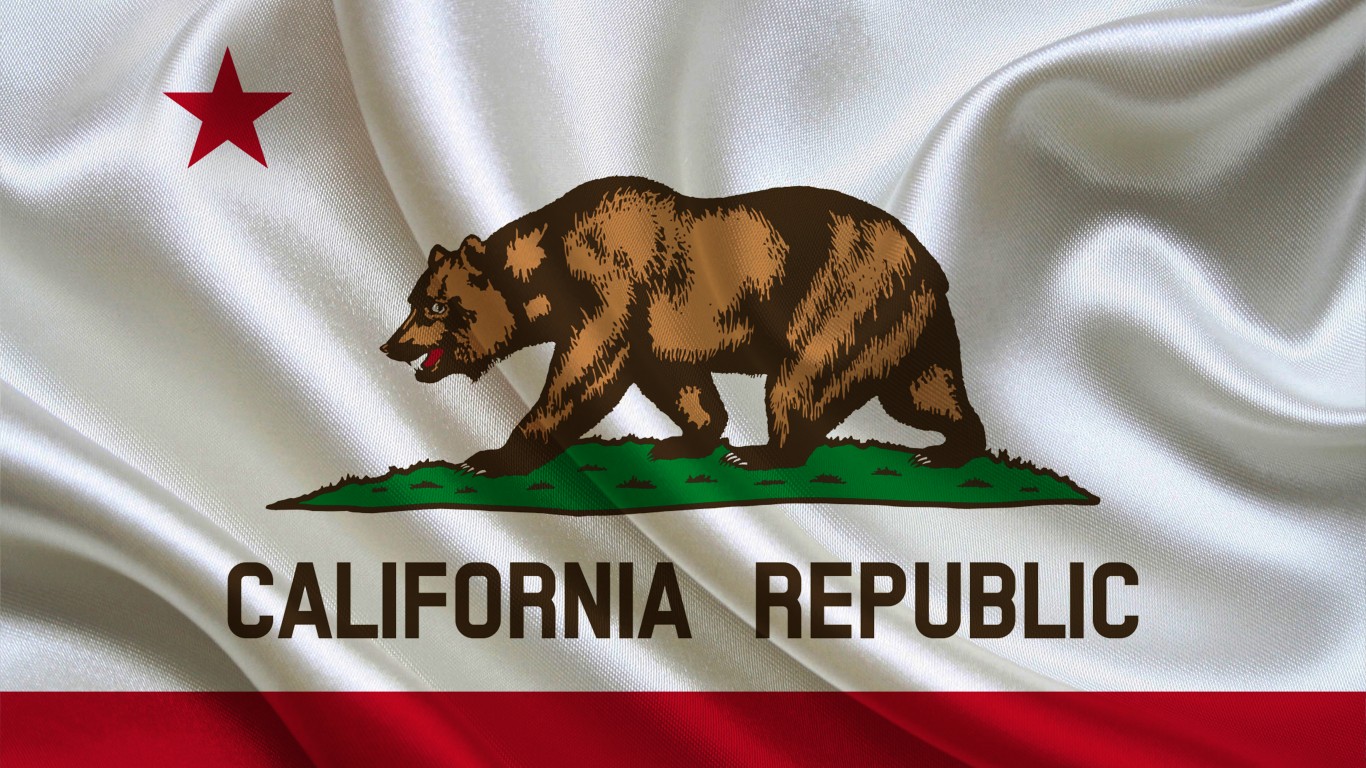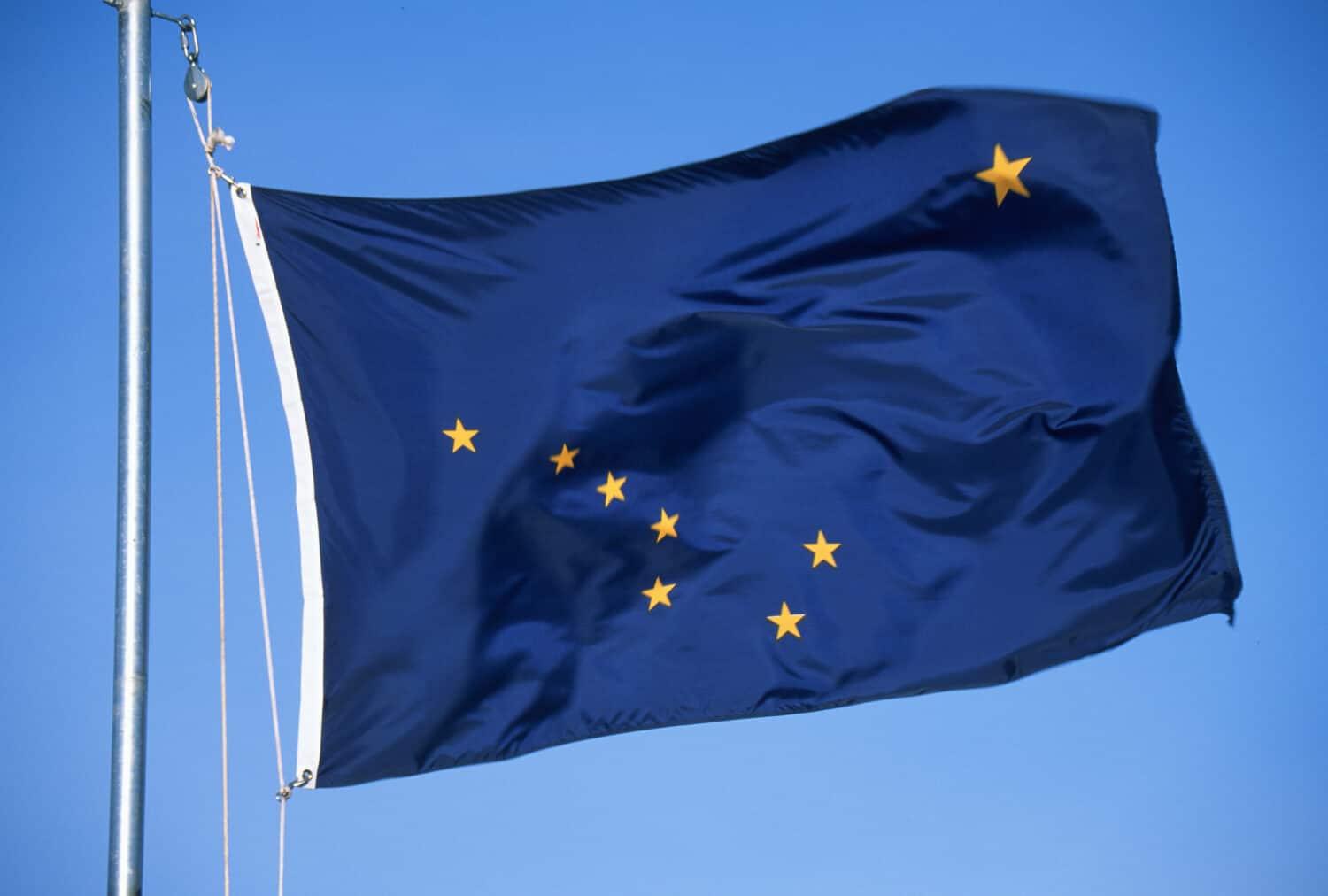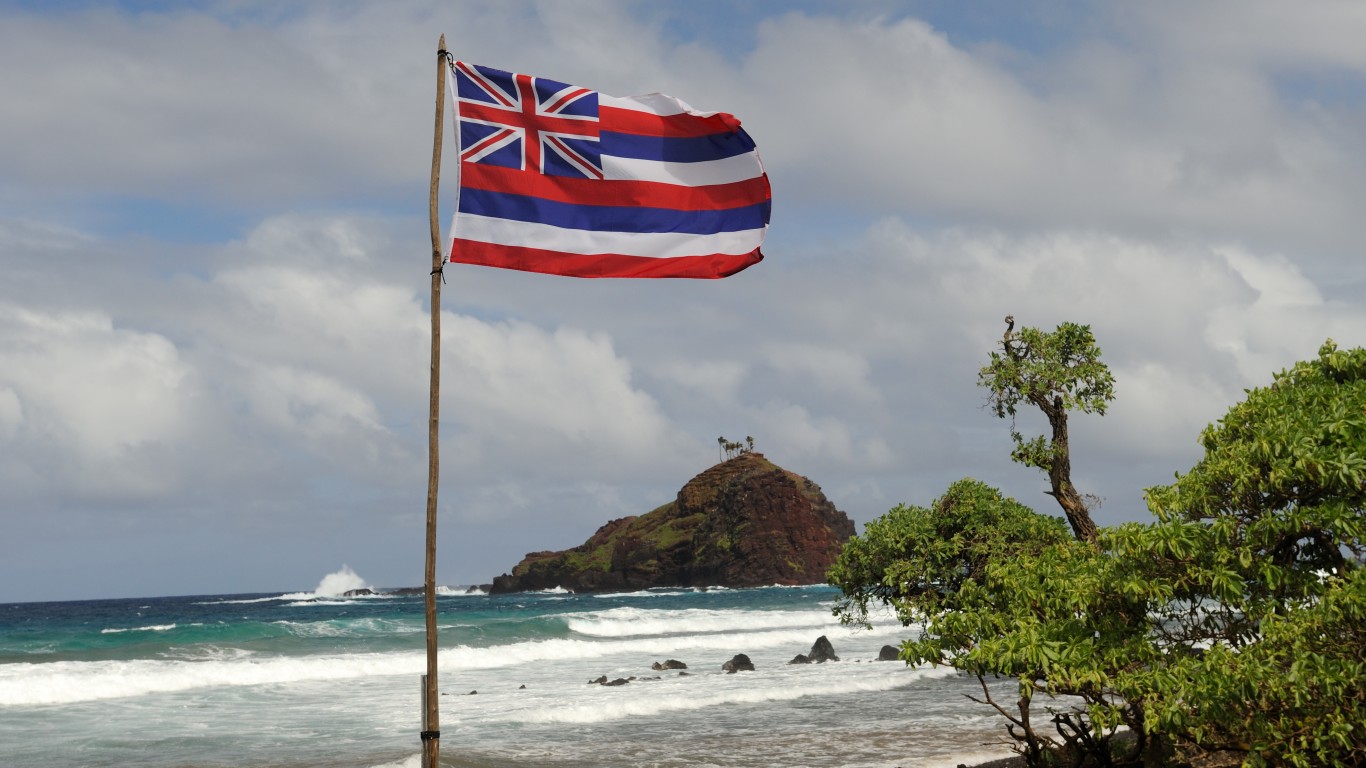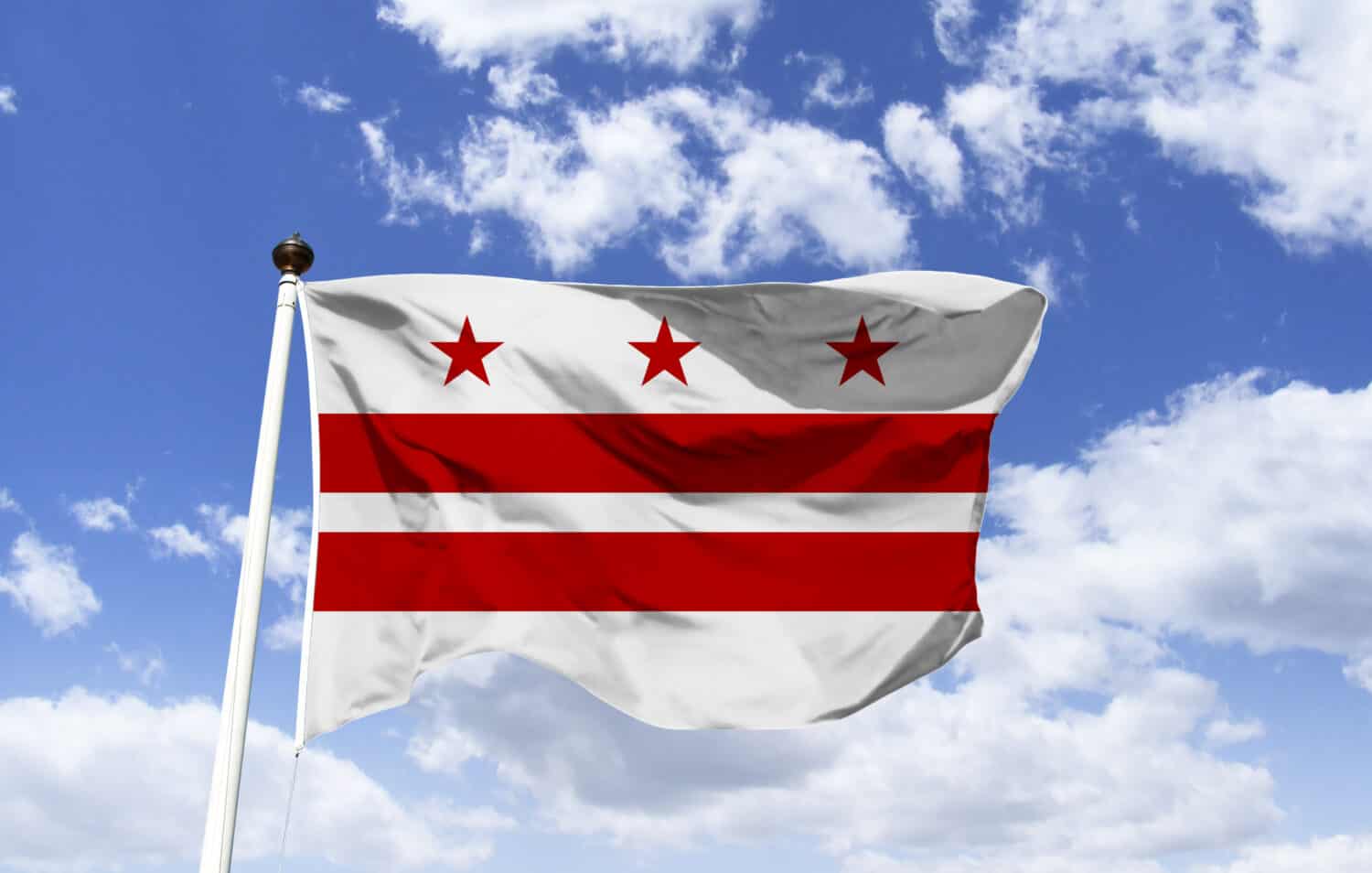Population and Social Characteristics
See What State Everyone Is Born in Based on Their Social Security Number
Lane V. Erickson / Shutterstock.com
Published: October 12, 2024 2:09 pm
The United States began issuing Social Security numbers (SSNs) in November 1936. A unique nine-digit number is assigned to every U.S. citizen. SSNs are also assigned to permanent residents and eligible nonimmigrant workers within the United States. (And, since we’re on the subject, here is our super helpful guide to understanding Social Security today, with all benefits and strategies explained .)
The original purpose of SSNs was to enable the Social Security Administration (SSA) to track individual accounts, but these numbers have since become a widely accepted form of identification used by employers, medical providers, schools, government agencies, and so forth.
Each social security number is divided into three parts. The first three digits are the area number, the middle two are the group number, and the last four are the serial number. So, using this configuration, the format of a SSN is AAA-GG-SSSS.
Assigning Area Numbers
Uuganbayar / Shutterstock.com The system of assigning SSNs has changed over the years. Originally, the area number represented the location of the Social Security office that issued a specific Social Security card. However, starting in 1973, the SSA began using the ZIP Code on an application to assign the area number. This practice remained in effect until June 25, 2011, when the SSA adopted a new randomization method designed to “protect the integrity of the SSN” and “extend the longevity of the nine-digit SSN nationwide.”
For those born in the U.S. between 1973 and June 2011, the first three numbers of their SSNs were assigned to the ZIP Code found on their Social Security application. Usually (but not always), that ZIP Code corresponded with the place of their birth. So, in most cases, you can tell where a person was born by the first three digits of their SSN.
Here are the area numbers assigned to all 50 U.S. states, the District of Columbia, and U.S. territories during this 38-year period. The states and territories are arranged in ascending order according to their original area numbers. As the nation’s population grew, the original area numbers for some states were exhausted and new area numbers were assigned. This is why 16 states and one territory have nonconsecutive area numbers.
Note: There are overlapping numbers between North Carolina and West Virginia, as well as the U.S. Virgin Islands and Puerto Rico. Oh, and here’s a fun fact: the area number “666” was never issued.
24/7 Wall St. used information from the Social Security Administration for this story.
1. New Hampshire
Veronaa / iStock via Getty Images New Hampshire was assigned the first area numbers.
Social Security Area Numbers: 001-003
2. Maine
Joseph Sohm / Shutterstock.com Maine was given four area numbers.
Social Security Area Numbers: 004-007
3. Vermont
zmotions / Shutterstock.com Vermont was assigned two area numbers.
Social Security Area Numbers: 008-009
4. Massachusetts
railway fx / Shutterstock.com Massachusetts was assigned more area numbers than any other New England state.
Social Security Area Numbers: 010-034
5. Rhode Island
Derek Brumby / iStock via Getty Images Rhode Island had five area numbers.
Social Security Area Numbers: 035-039
6. Connecticut
Derek Brumby / iStock via Getty Images Connecticut was assigned ten area numbers.
Social Security Area Numbers: 040-049
7. New York
Wangkun Jia / Shutterstock.com New York was given one of the biggest original allotments of area numbers.
Social Security Area Numbers: 050-134
8. New Jersey
MikhailMishchenko / iStock via Getty Images New Jersey has the highest population density in the nation, so it is no surprise that the state was given a large allotment of area numbers.
Social Security Area Numbers: 135-158
9. Pennsylvania
railway fx / Shutterstock.com The Keystone State’s area numbers broke into the 200s.
Social Security Area Numbers: 159-211
10. Maryland
WilliamSherman / E+ via Getty Images Maryland was assigned nine area numbers.
Social Security Area Numbers: 212-220
11. Delaware
marcusamelia / iStock via Getty Images The tiny state of Delaware was assigned two area numbers.
Social Security Area Numbers: 221-222
12. Virginia
Mehaniq / Shutterstock.com Virginia’s growth necessitated a second allotment of area numbers.
Social Security Area Numbers: 223-231, 691-699
13. West Virginia
Ianm35 / iStock via Getty Images The crossover of area number 232 between West Virginia and North Carolina can be confusing.
Social Security Area Numbers: 232 (except group number 30) -236
14. North Carolina
ronniechua / iStock via Getty Images North Carolina required additional area numbers as it grew.
Social Security Area Numbers: 232 (group number 30), 237-246, 681-690
15. South Carolina
railway fx / Shutterstock.com The Palmetto State also needed a new batch of area numbers.
Social Security Area Numbers: 247-251, 654-658
16. Georgia
Ianm35 / iStock via Getty Images Georgia’s growth demanded more area numbers.
Social Security Area Numbers: 252-260, 667-675
17. Florida
jganser / iStock via Getty Images The SSA kept adding numbers as Florida kept growing.
Social Security Area Numbers: 261-267, 589-595, 766-772
18. Ohio
Derek Brumby / iStock via Getty Images The Buckeye State broke into the 300s for area numbers.
Social Security Area Numbers: 268-302
19. Indiana
Oleksii Liskonih / iStock via Getty Images Indiana was assigned 15 area numbers.
Social Security Area Numbers: 303-317
20. Illinois
400tmax / iStock via Getty Images Illinois houses one of the nation’s largest cities, so it was assigned a large allotment of area numbers.
Social Security Area Numbers: 318-361
21. Michigan
ronniechua / iStock via Getty Images Michigan was assigned 25 area numbers.
Social Security Area Numbers: 362-386
22. Wisconsin
wellesenterprises / iStock via Getty Images Wisconsin finished up the 300s among area numbers.
Social Security Area Numbers: 387-399
23. Kentucky
Derek Brumby / iStock via Getty Images Kentucky received eight area numbers.
Social Security Area Numbers: 400-407
24. Tennessee
Derek Brumby / iStock via Getty Images Tennessee’s growth required the assignment of additional area numbers.
Social Security Area Numbers: 408-415, 756-763
25. Alabama
Derek Brumby / iStock via Getty Images Alabama was assigned nine area numbers.
Social Security Area Numbers: 416-424
26. Mississippi
zmotions / Shutterstock.com Mississippi required two additional allotments of area numbers as its population grew.
Social Security Area Numbers: 425-428, 587-588, 752-755
27. Arkansas
dlewis33 / E+ via Getty Images The original four area numbers did not account for Arkansas’ growth, so four more were added.
Social Security Area Numbers: 429-432, 676-679
28. Louisiana
ronniechua / iStock via Getty Images Louisiana received two different allotments of area numbers.
Social Security Area Numbers: 433-439, 659-665
29. Oklahoma
Oleksii Liskonih / iStock via Getty Images Oklahoma was assigned nine area numbers
Social Security Area Numbers: 440-448
30. Texas
Leena Robinson / Shutterstock.com Texas is the second-most populous state in the nation, so it is no surprise that it required additional area numbers.
Social Security Area Numbers: 449-467, 627-645
31. Minnesota
herreid / iStock via Getty Images Minnesota received ten area numbers.
Social Security Area Numbers: 468-477
32. Iowa
Oleksii Liskonih / iStock via Getty Images The Hawkeye State was assigned eight area numbers.
Social Security Area Numbers: 478-485
33. Missouri
Oleksii Liskonih / iStock via Getty Images Missouri opened the 500s among area numbers.
Social Security Area Numbers: 486-500
34. North Dakota
RiverNorthPhotography / iStock via Getty Images Sparsely populated North Dakota was assigned two area numbers.
Social Security Area Numbers: 501-502
35. South Dakota
RiverNorthPhotography / iStock via Getty Images Like its neighbor to the north, South Dakota was also allotted two area numbers.
Social Security Area Numbers: 503-504
36. Nebraska
Veronaa / iStock via Getty Images The Cornhusker State was assigned four area numbers.
Social Security Area Numbers: 505-508
37. Kansas
Joseph Sohm / Shutterstock.com The Sunflower State was given seven area numbers.
Social Security Area Numbers: 509-515
38. Montana
Montana is the fourth-largest state by area, but its small population only garnered two area numbers.
Social Security Area Numbers: 516-517
39. Idaho
Oleksii Liskonih / iStock via Getty Images The Gem State was assigned two area numbers.
Social Security Area Numbers: 518-519
40. Wyoming
railway fx / Shutterstock.com As the least populous state in the nation, Wyoming was only assigned one area number.
Social Security Area Number: 520
41. Colorado
mtcurado / iStock via Getty Images Colorado’s growth required additional area numbers.
Social Security Area Numbers: 521-524, 650-653
42. New Mexico
Linq Productions / iStock via Getty Images New Mexico was originally assigned only one area number, but that would not be enough.
Social Security Area Numbers: 525, 585, 648-649
43. Arizona
zmotions / Shutterstock.com Arizona’s continued growth required multiple assignments of new area numbers.
Social Security Area Numbers: 526-527, 600-601, 764-765
44. Utah
zmotions / Shutterstock.com Utah’s original allotment of two area numbers proved insufficient.
Social Security Area Numbers: 528-529, 646-647
45. Nevada
ronniechua / Getty Images Nevada required an additional area number, mostly due to the growth of the Las Vegas metro area.
Social Security Area Numbers: 530, 680
46. Washington State
ronniechua / Getty Images The Evergreen State was assigned nine area numbers.
Social Security Area Numbers: 531-539
47. Oregon
Oleksii Liskonih / Getty Images The SSA assigned five area numbers to Oregon.
Social Security Area Numbers: 540-544
48. California
Veronaa / iStock via Getty Images California’s many area numbers reflect its status as the nation’s most populous state.
Social Security Area Numbers: 545-573, 602-626
49. Alaska
Joseph Sohm / Shutterstock.com Alaska is the largest state in the nation by land mass, but only one area number was needed to cover its entire population.
Social Security Area Number: 574
50. Hawaii
Saturated / iStock via Getty Images The growth of the Aloha State demanded additional area numbers.
Social Security Area Numbers: 575-576, 750-751
51. District of Columbia
Box Lab / Shutterstock.com Washington, D.C. was assigned three area numbers.
Social Security Area Numbers: 577-579
52. U.S. Virgin Islands
EA09 Studio / Shutterstock.com The. U.S. Virgin Islands were assigned one area number by the SSA.
Social Security Area Number: 580
53. Puerto Rico
Maxim Studio / Shutterstock.com The first set of five area numbers proved insufficient for Puerto Rico’s growth.
Social Security Area Numbers: 580-584, 596-599
54. Pacific Ocean Territories
rarrarorro / Shutterstock.com The U.S. Pacific Territories, including Guam, received one area number.
Social Security Area Numbers: 586
Thank you for reading! Have some feedback for us?Contact the 24/7 Wall St. editorial team .
